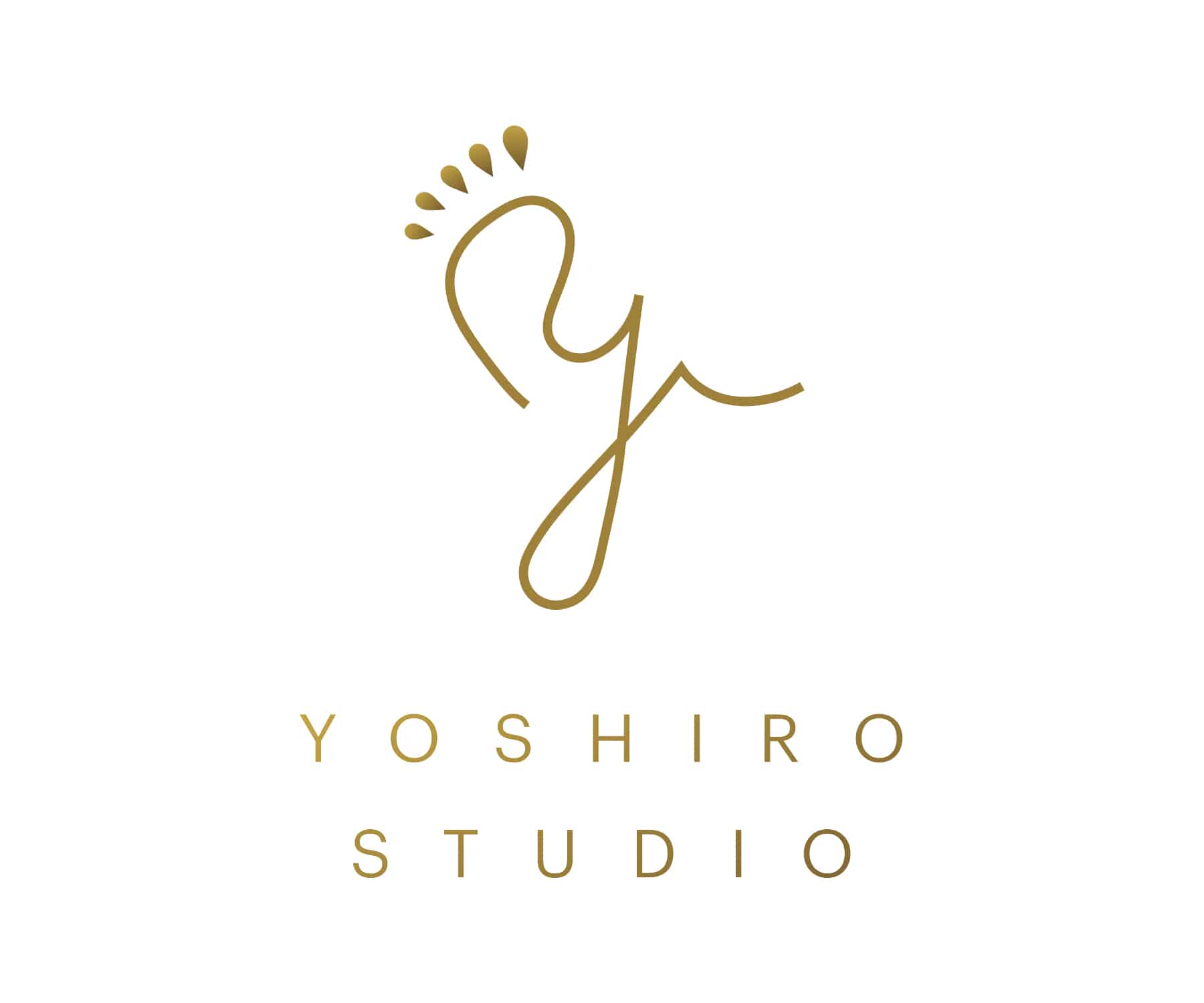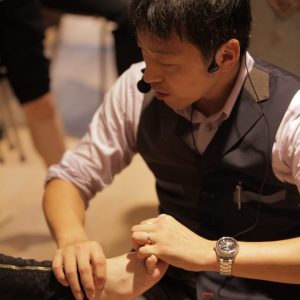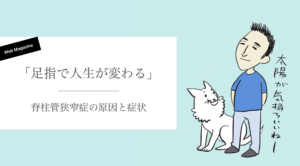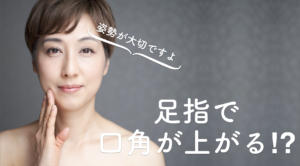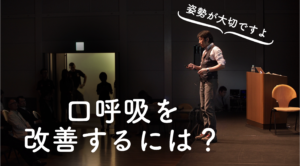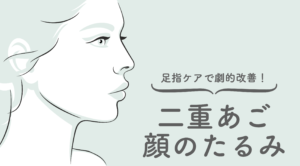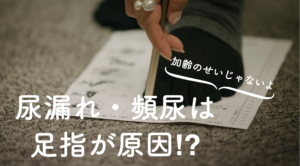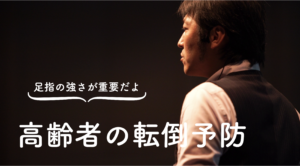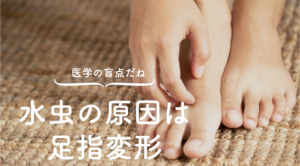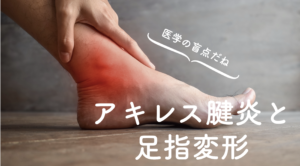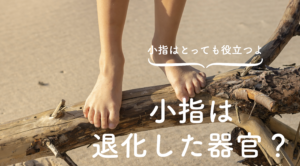Commentary by a toe doctor
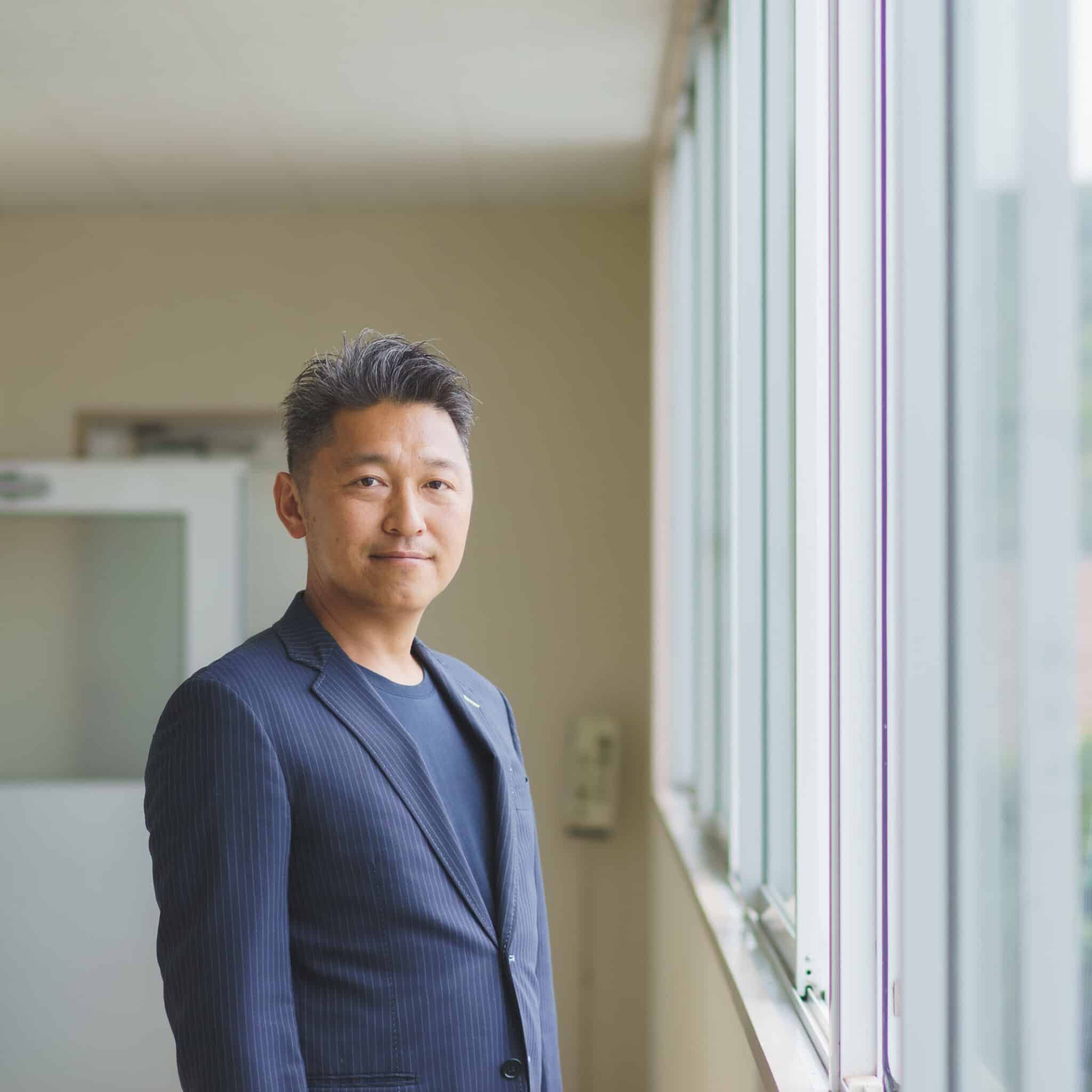
YOSHIRO YUASA
Keiro Yuasa
Dr. Toe, Director of Toe Research Institute, President of Japanese Society of Functional Foot and Toe Therapy, and developer of Halmek shoes. Former director, vice president, and medical director of General Hospital. He specializes in exercise physiology and anatomy. He is also a foot and shoe specialist and a leading expert in postural occlusion therapy. He has cured various orthopedic diseases (over 70,000 people) with toe therapy alone.
Introduction.
Surgery for scoliosis is not necessary... Causes of spinal canal stenosis include aging, degeneration of the intervertebral discs, tumors in the spinal canal, and trauma. Nerve compression can cause pain, numbness, muscle weakness, and other symptoms, but with proper toe treatment, symptoms can be quickly remedied.
summary
The estimated number of patients in Japan is several million (2.5-5.7 million: Konno et al., Yoshimura et al.), and the population of scoliosis is rapidly increasing due to the aging population. In a survey of patients with back and leg pain (2005, Toyama et al.), lumbar spinal canal stenosis accounts for the largest proportion, 41% in fact. Painful gait disturbance not only decreases the ADL of the elderly, but also prevents social participation, leading to a decline in quality of life and even mental disability, making it a major issue in long-term care prevention. It can be said that addressing this syndrome is a major issue in preventing long-term care and extending healthy life expectancy.
Spinal canal stenosis is a condition in which the spinal canal narrows, causing pressure on the nerves and spinal cord. The spinal canal is a tube-like area formed by the spinal bones and intervertebral discs through which the nerves and spinal cord pass. Spinal canal stenosis is caused by aging, heredity, spinal deformity, or trauma, and is said to cause symptoms due to compression of the nerves.
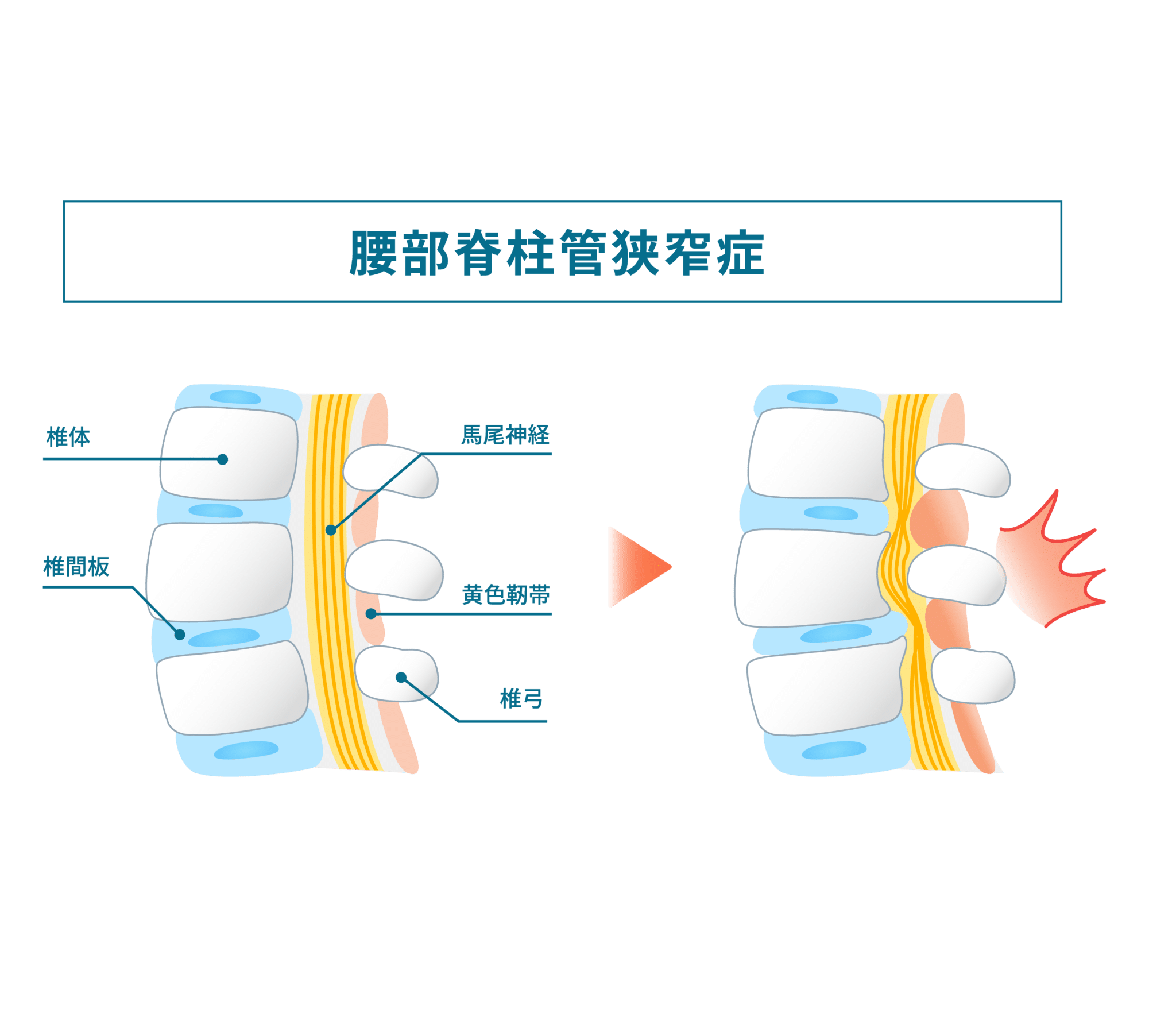
However,Spinal stenosis is a disease caused by pressure on the nerve tissue in the spinal canal and is closely related to posture. Poor posture can put unnecessary pressure on the spinal column, narrowing the spinal canal and causing compression on nerve tissue. Poor posture can also cause the spinal column to bend at unnatural angles and thicken the yellow ligament, which can easily compress the spinal canal.
It is important to pay attention to posture in daily life, as poor posture increases the likelihood that scoliosis will worsen. Good posture keeps the spine in the correct position and reduces the strain on the spinal column. In order to maintain proper posture, it is also important to return your normal posture to the neutral position, which is the ideal posture,It is important to correct the toes in order to maintain correct postureIt is.
symptoms
Symptoms of scoliosis include the following
1) Pain and numbness due to pressure on the spinal cord and nerve roots: Pain and numbness may occur in the lower back and legs, especially as scoliosis progresses. Symptoms may worsen when walking or in certain postures.
2) Difficulty in walking: As scoliosis progresses, pressure on the spinal cord and nerve roots can cause weakness in the leg muscles, making walking difficult. This symptom varies depending on the degree of progression of scoliosis.
3) Shoulder and back pain: Nerve compression due to scoliosis may also cause shoulder and back pain.
4) Numbness and paralysis: Nerve compression caused by scoliosis can lead to numbness and tingling in the hands and feet.
(5) Fainting and dizziness: When spinal stenosis causes compression of the spinal cord and nerve roots, the nerves that help the body maintain balance are affected, which can lead to fainting and dizziness.
If these symptoms are present, it is important to seek appropriate toe treatment as soon as possible.
Causes and pathogenesis
Factors in the development of scoliosis
Spinal stenosis is primarily caused by spinal deformity due to aging and chronic inactivity. Past trauma and genetic factors may also be involved. In general medicine, the following are some of the most common factors in the development of scoliosis
1) Spinal deformity: Spinal stenosis can be caused by compression of nerve tissue and blood vessels in the spinal canal due to spinal deformity. This can be caused by aging or chronic strain.
2) Trauma: Damage to nerve tissue or discs in the spinal canal due to past trauma or accidents may increase the risk of developing spinal stenosis.
3) Genetic factors: Genetic factors have also been implicated in the development of scoliosis, and a family history of the disease should be noted.
However, recent studies have shown that bad posture can cause spinal deformities that increase the risk of spinal canal stenosis. Clinical research at the Toe Research Institute has also shown that spinal stenosis is caused by distortion of the spine due to poor posture, which results in mechanical stress that causes thickening of the yellow ligament and compression of nerves and blood vessels in the spinal canal. So, to avoid spinal stenosis,It is important to return to correct posture and daily lifeIt is.
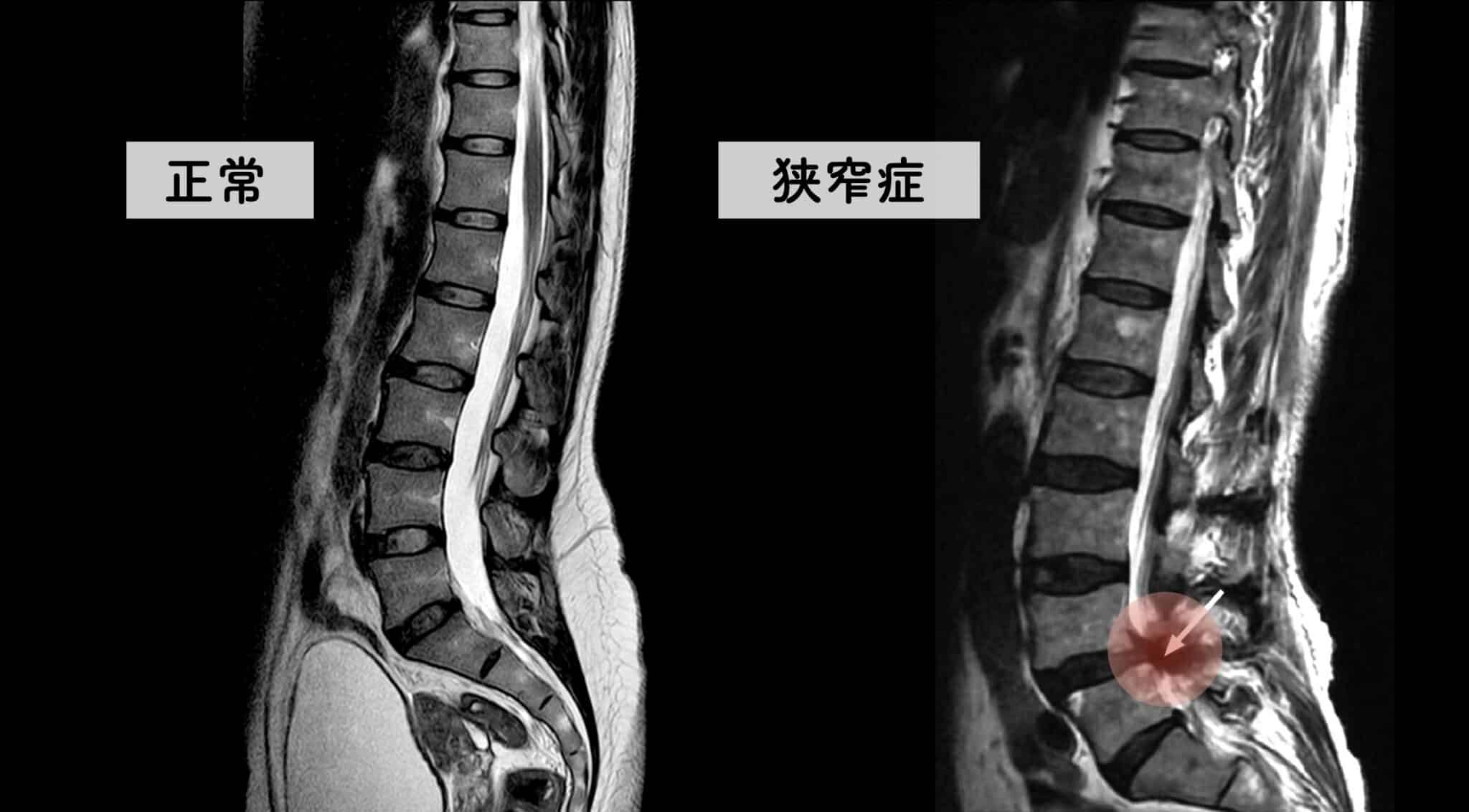
Take a look at the picture above.MRI pictures of a normal person and a person with scoliosis.The red area is the yellow ligament, which is enlarged and compressing the nerve. What do you think is the difference between a normal person and a person with scoliosis?
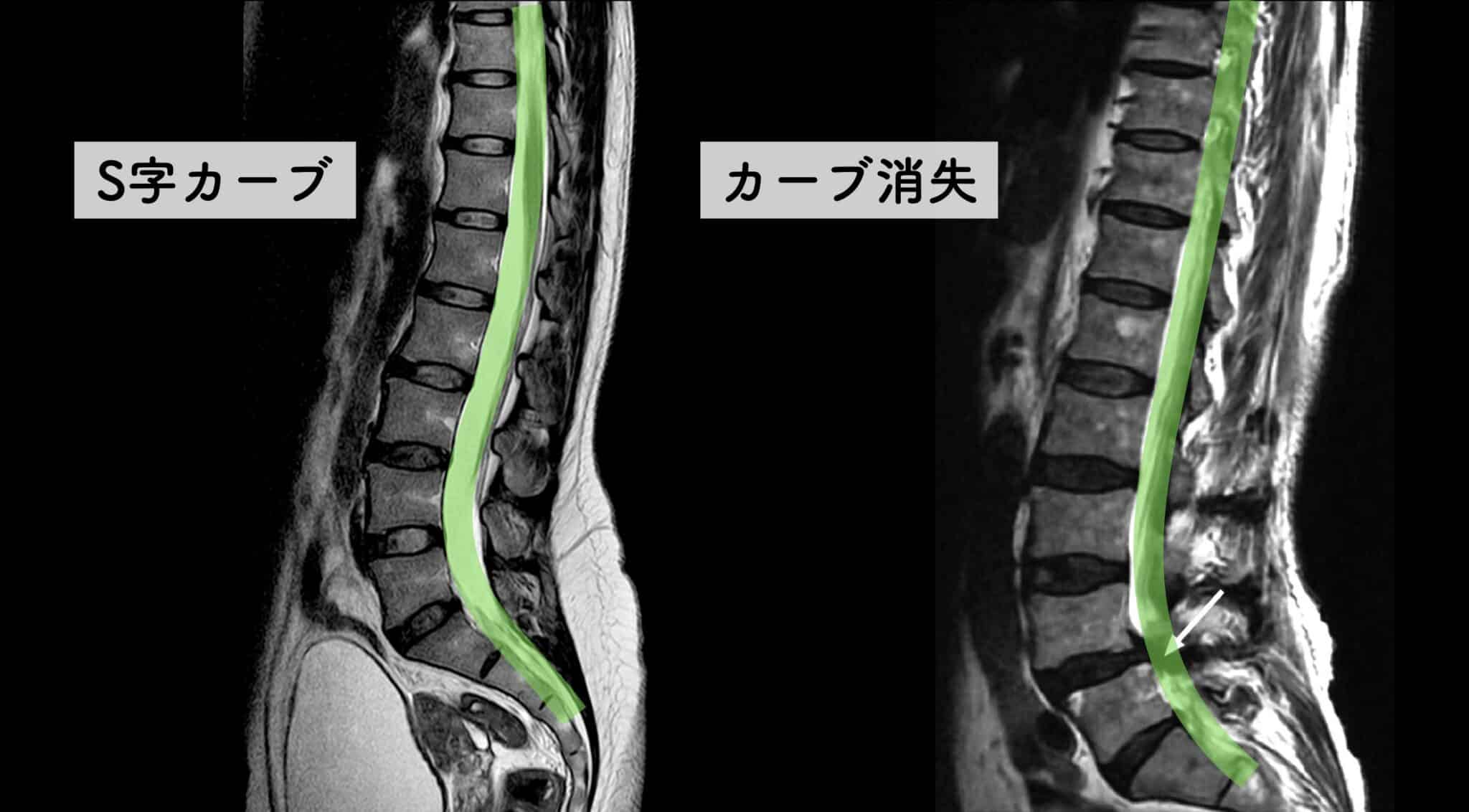
It is "posture. In the photo on the left (normal), the spine has an ideal curve with an S-shaped kyphosis, while in the photo on the right (scoliosis), the spine is straight. In the photo on the right (scoliosis), the spine is straight. This is the so-called "flat back" or "hunchback" type of posture.
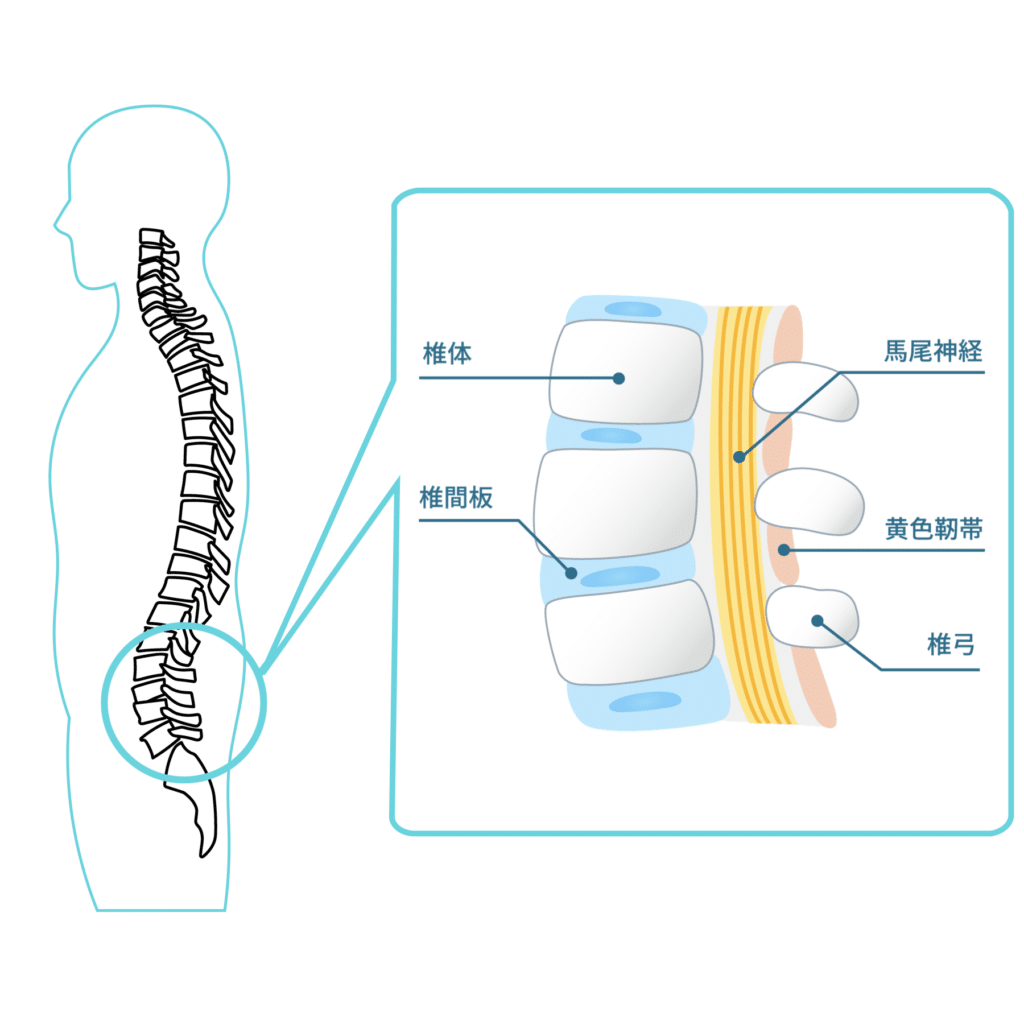
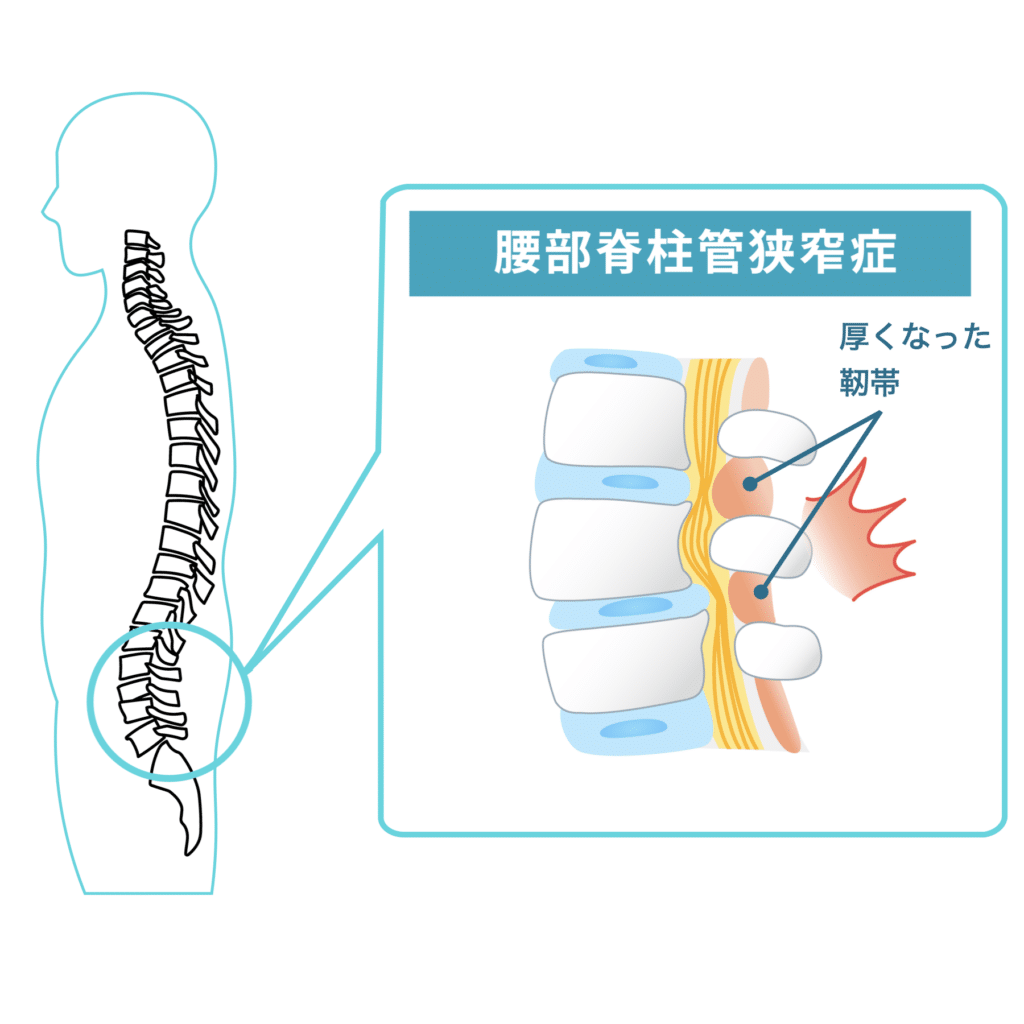
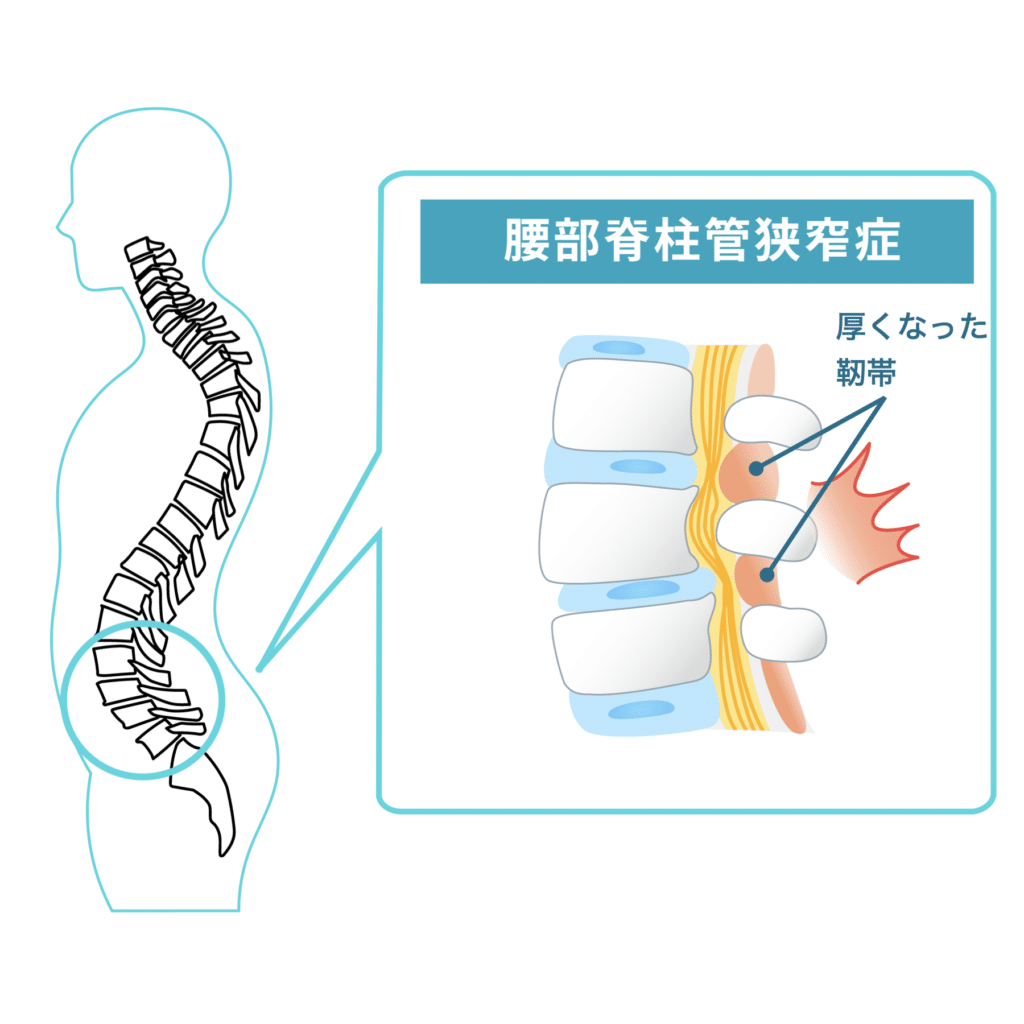
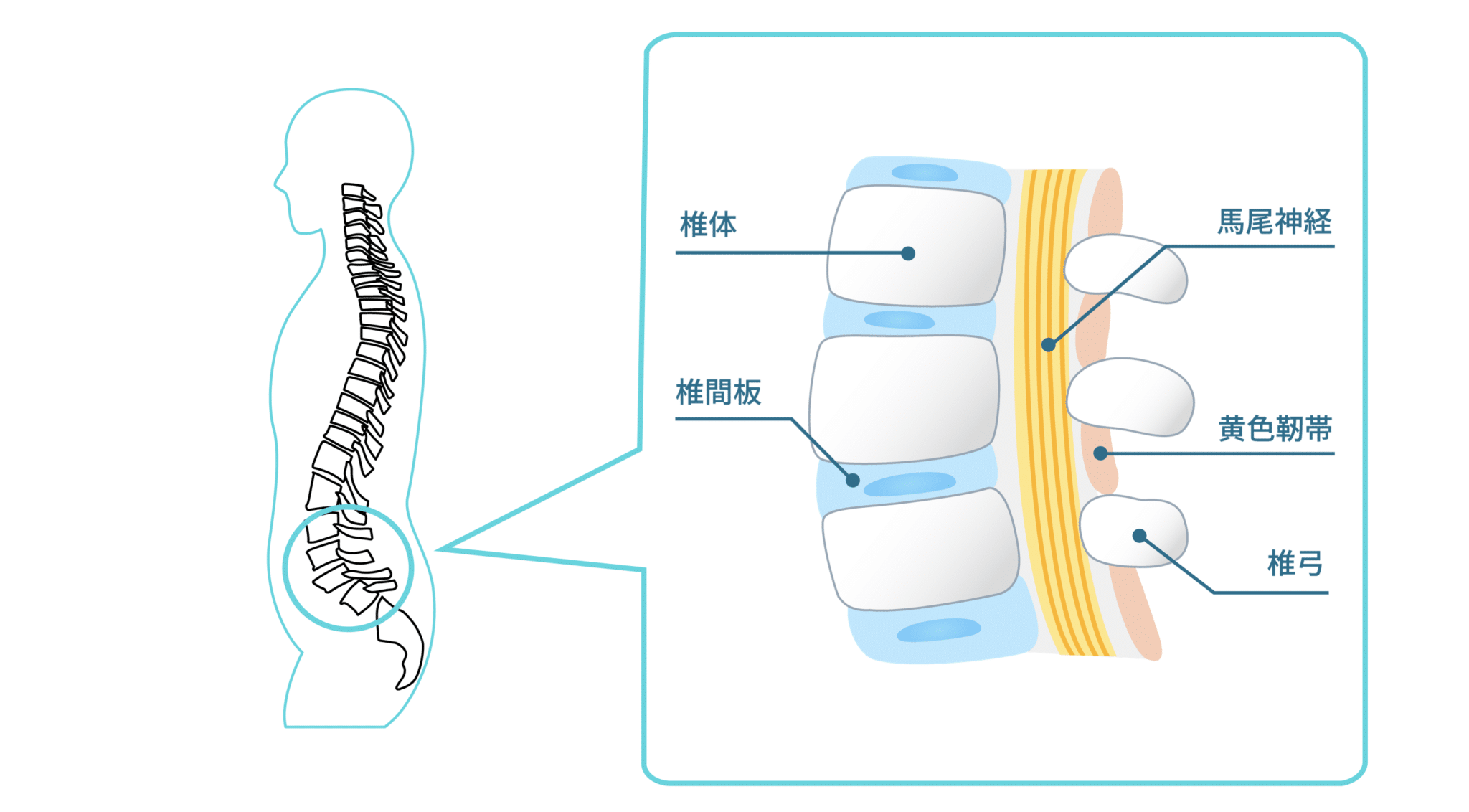
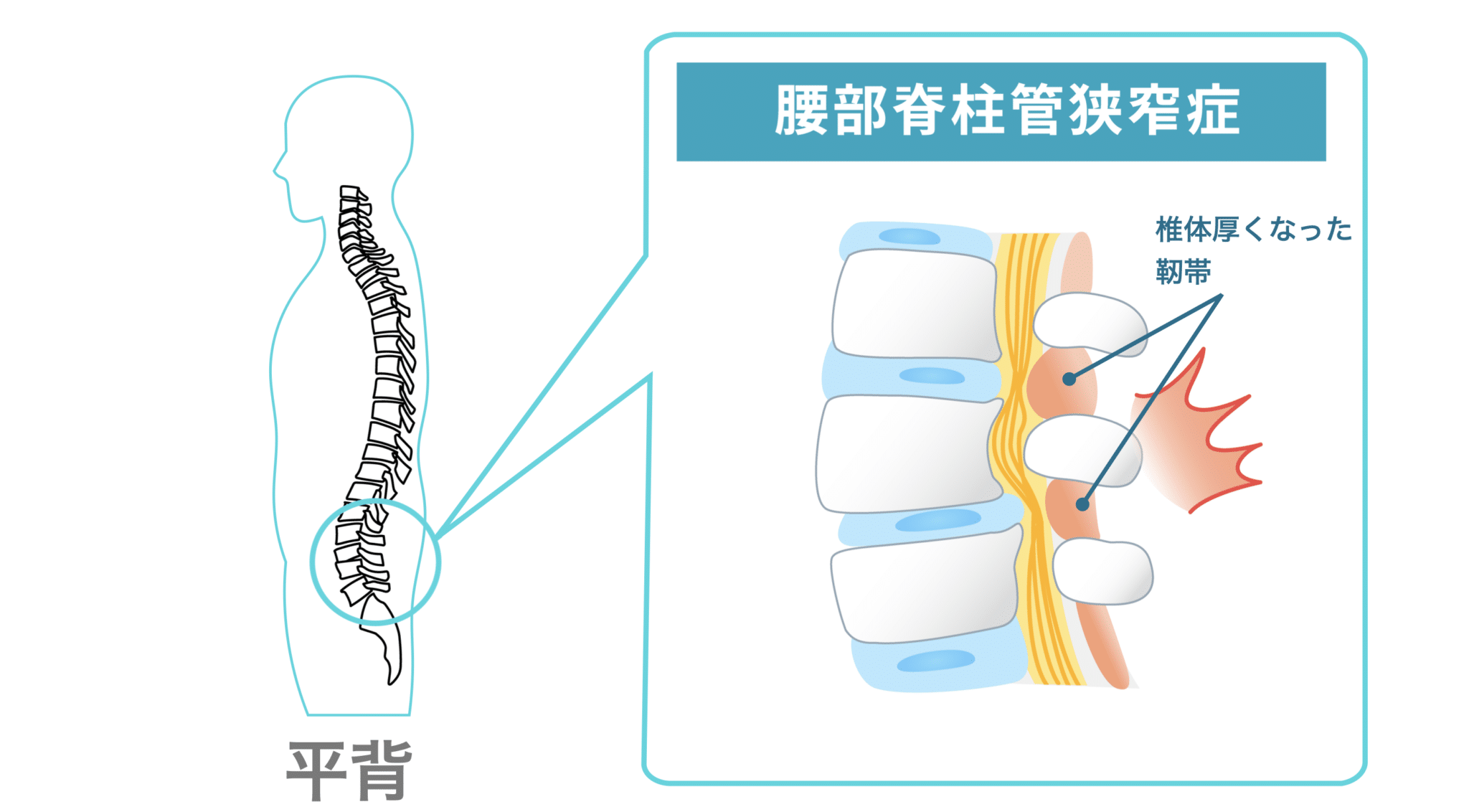
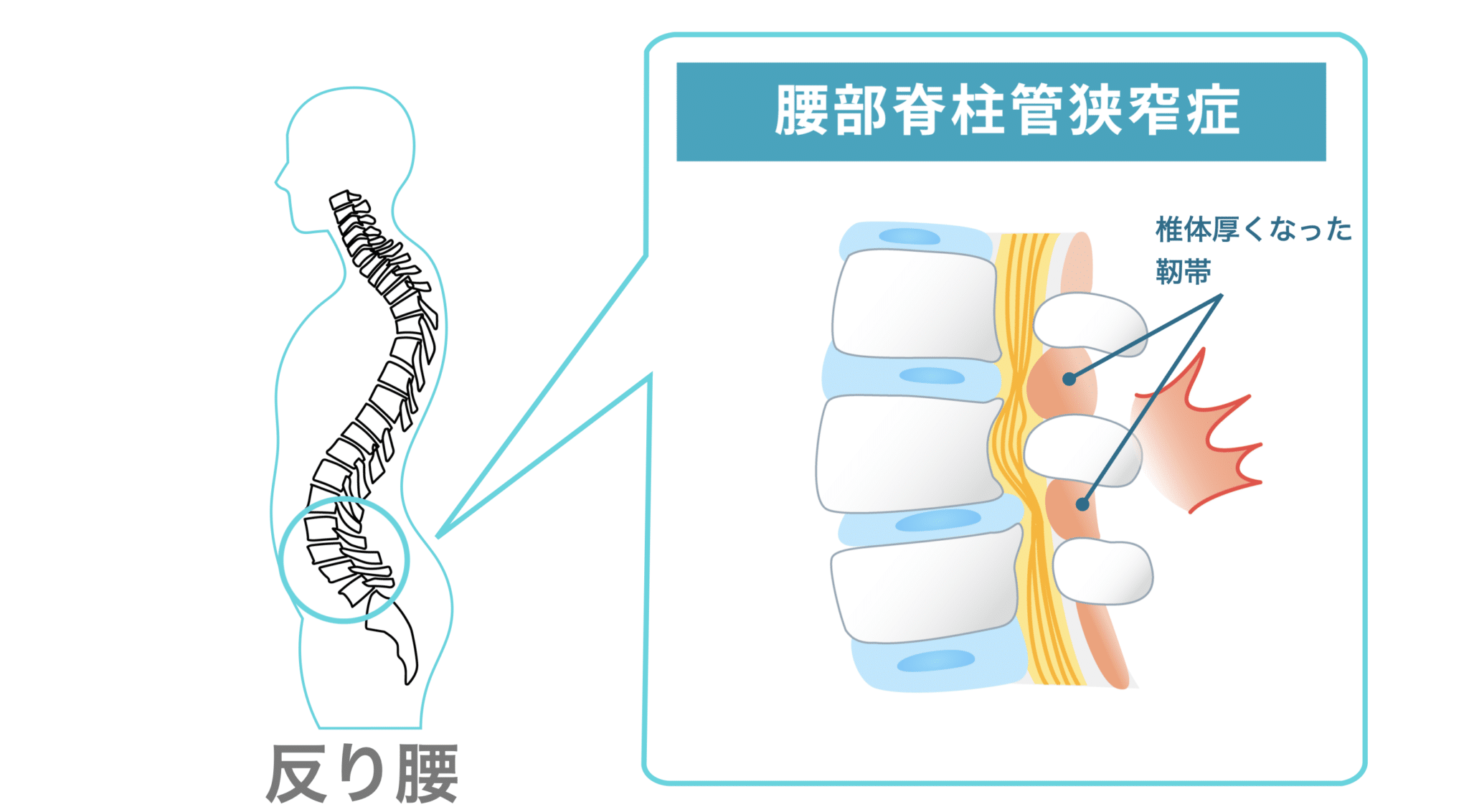
One of the causes of thickening of the yellow ligament is related to posture. Because a flat or hunched back is not a physiological S-curve, excessive stress is placed on certain areas, and the ligaments in these areas may become thickened due to excessive stretching or inflammation. It is especially important to maintain proper posture because thickening of ligaments in critical areas, such as the neck and back, can cause symptoms such as chronic back pain and neck pain.
Posture Classification
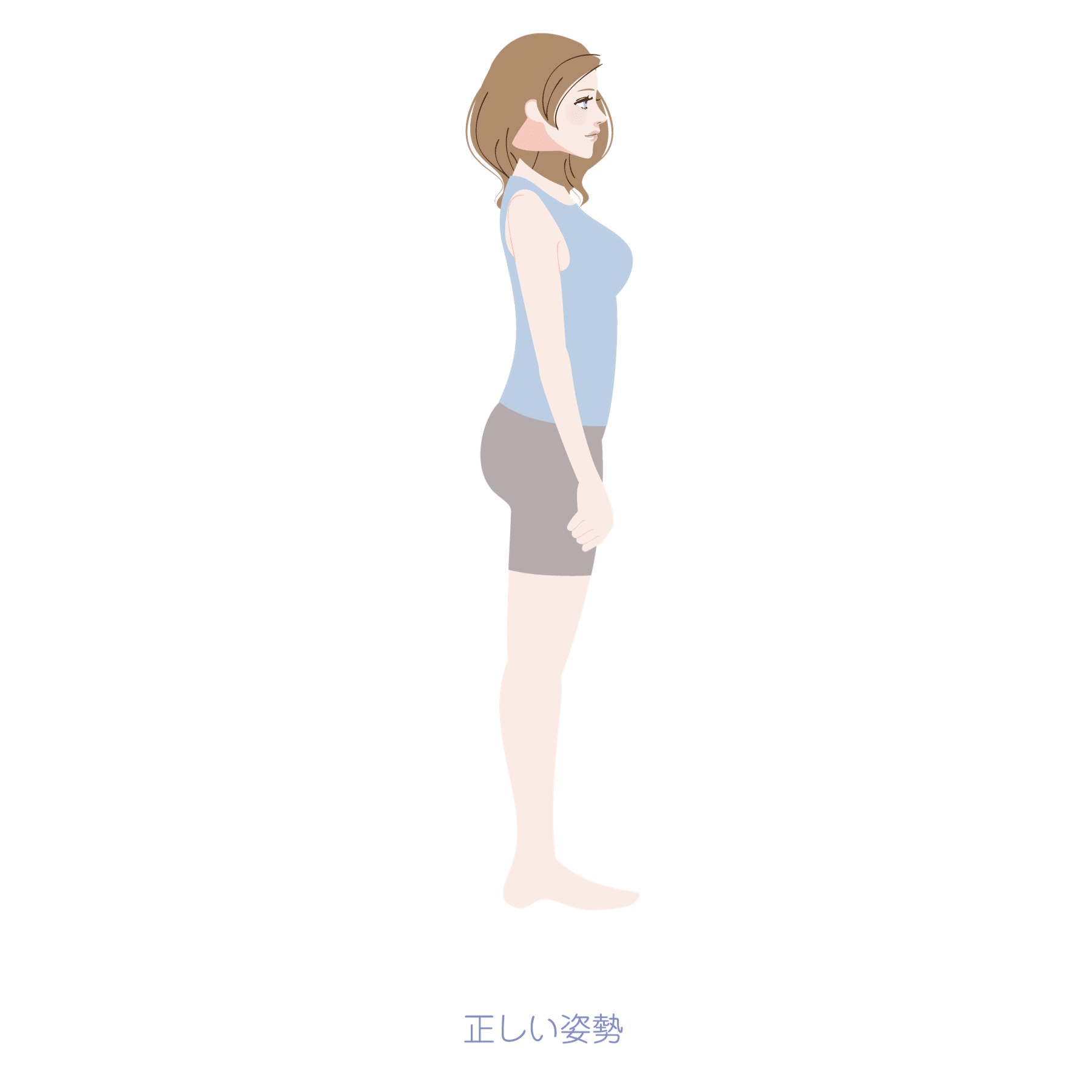
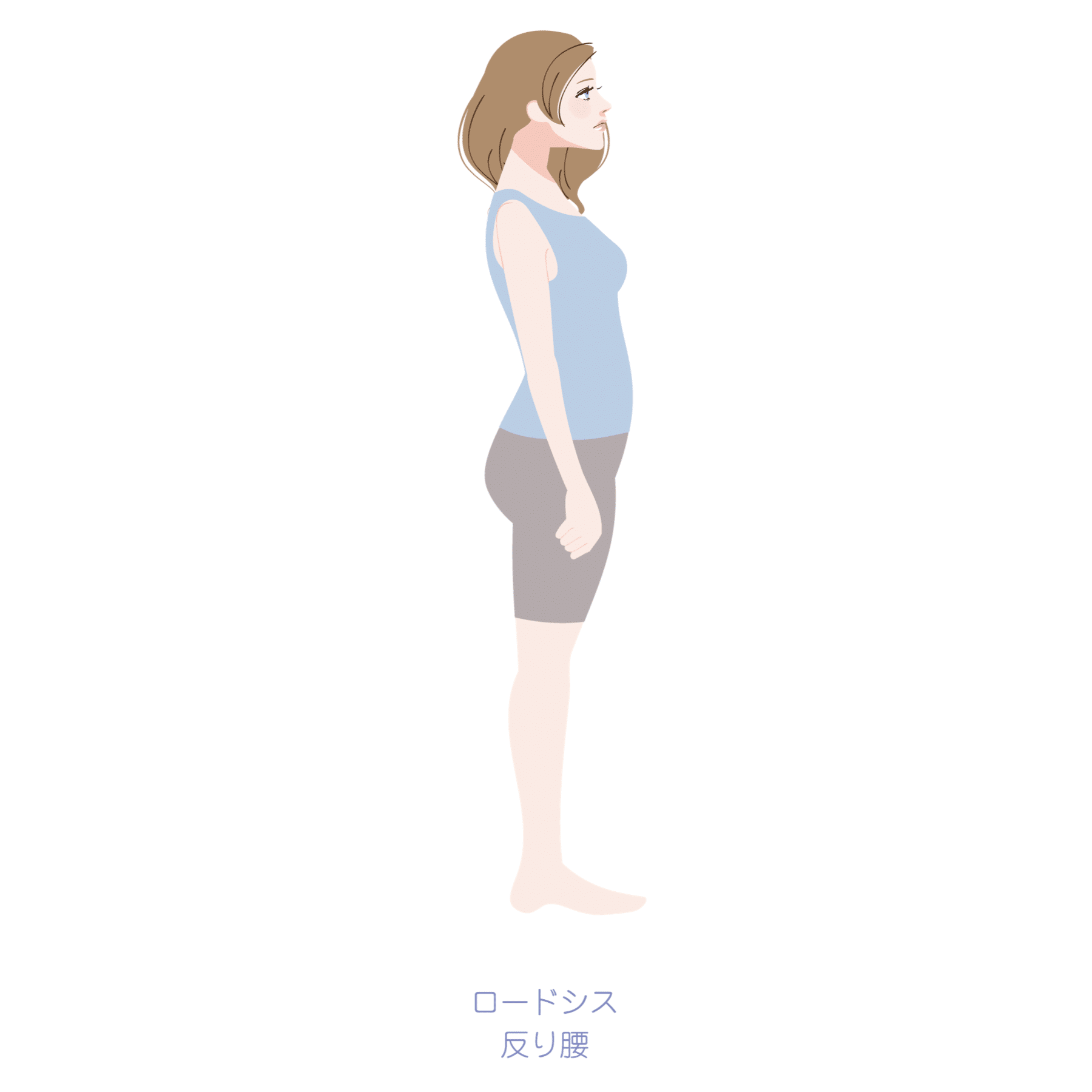
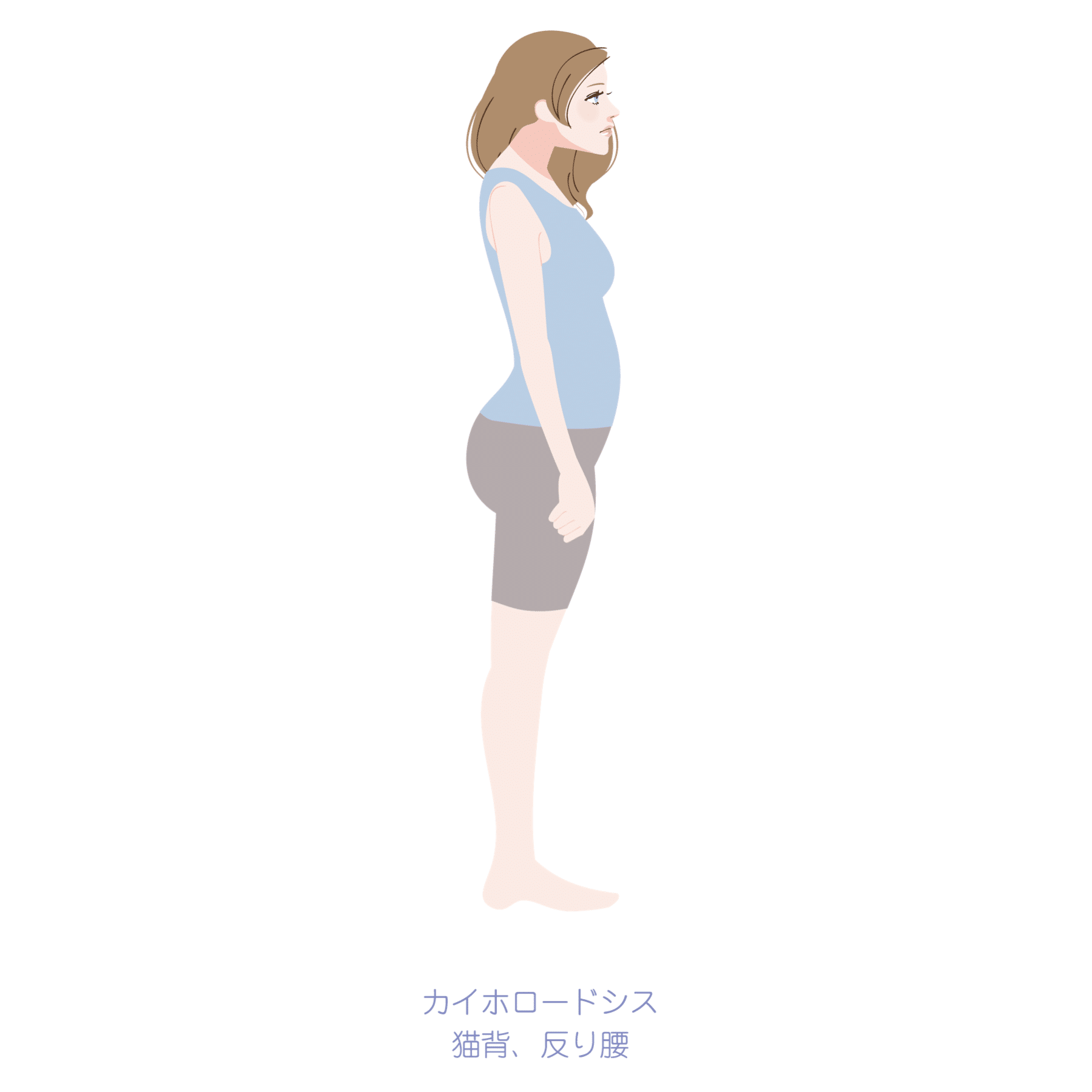
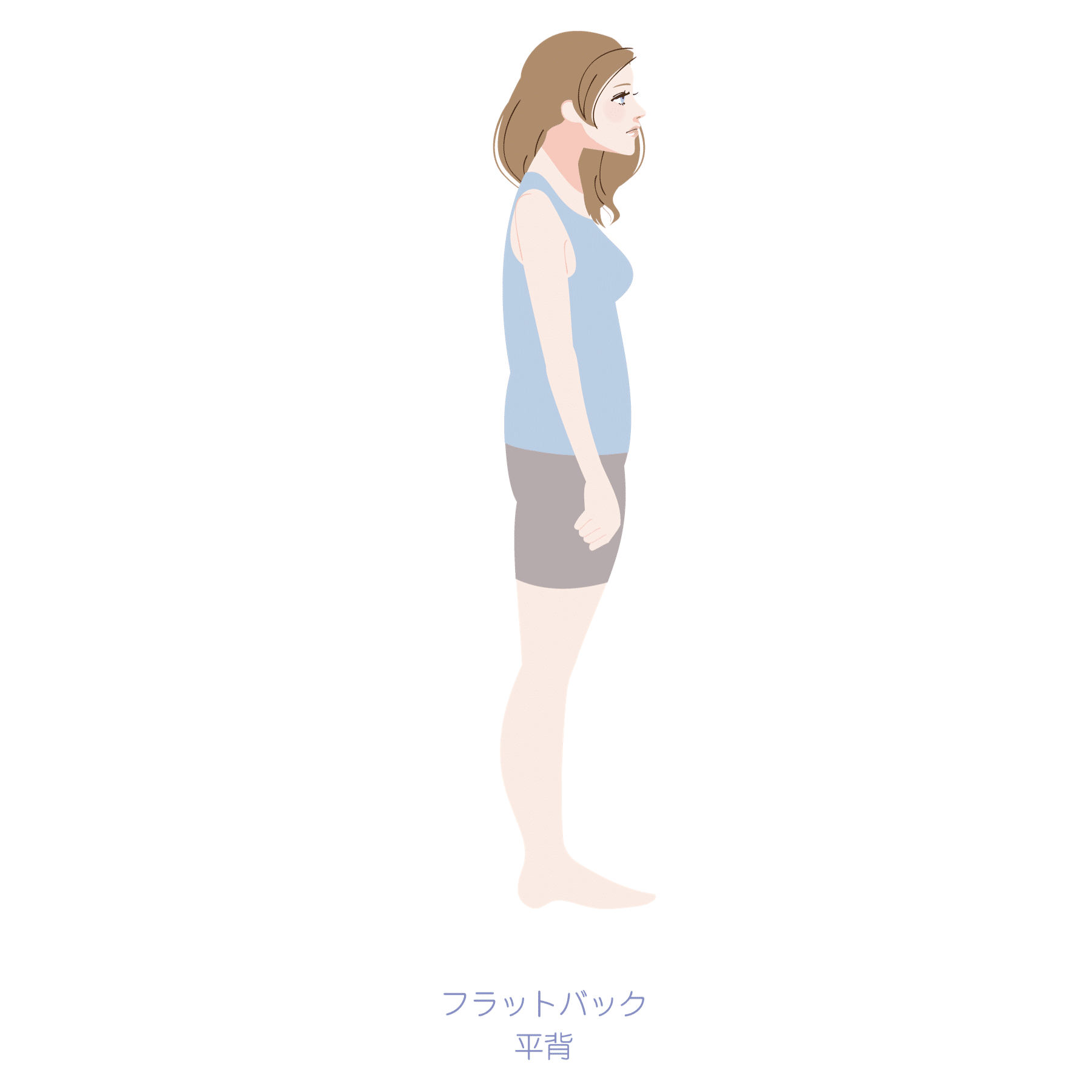
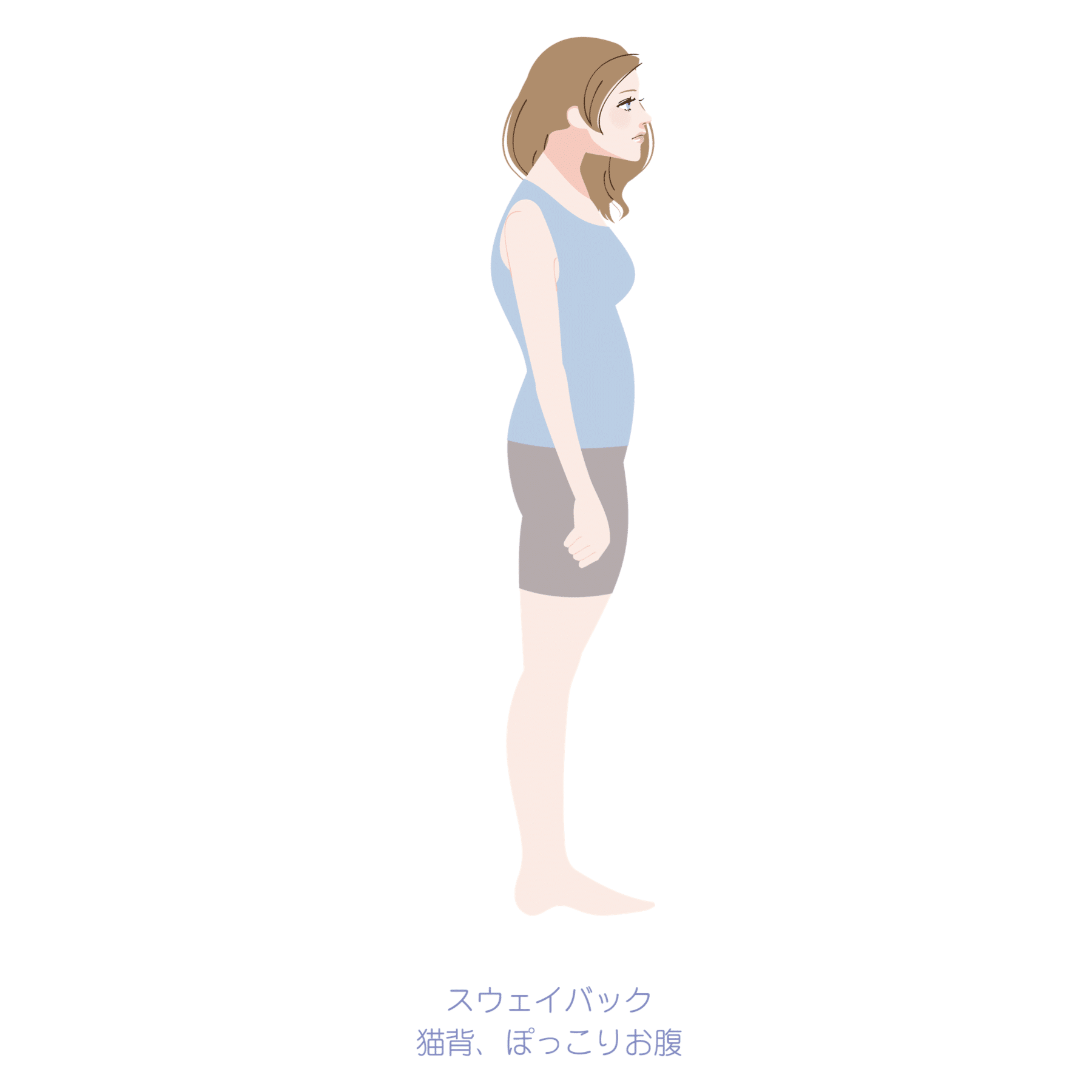
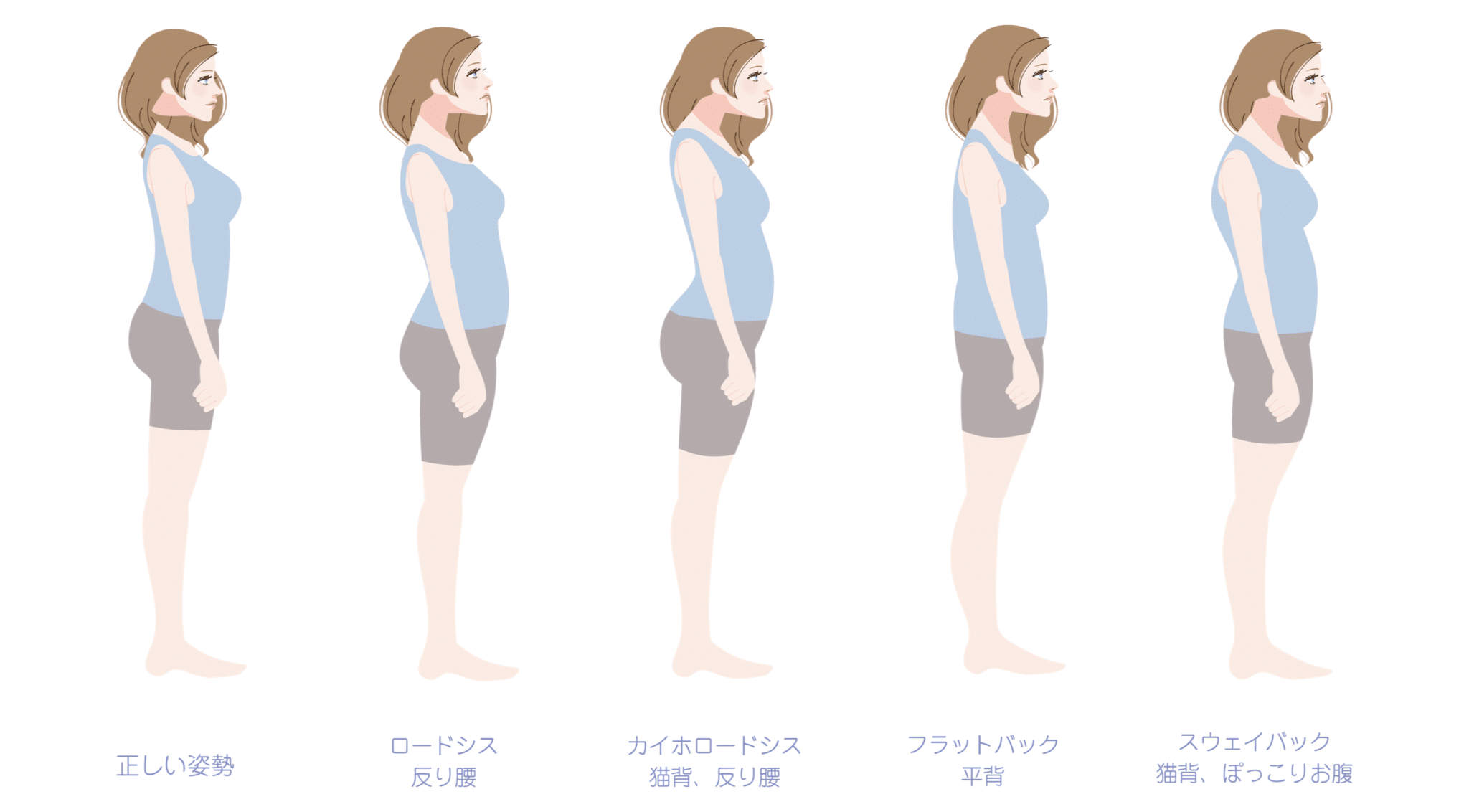
From the characteristics of spinal kyphosis.Lordosis (warped back), ,Chi-horosis (hunchback + warped back), ,Flat back (flat back), ,Swayback (hunchback)The four categories are as follows. This classification is widespread worldwide as a general postural classification. Warped back, hunchback, and flat back all increase the likelihood of spinal stenosis.
Differences in spine curves between normal people and people with scoliosis.
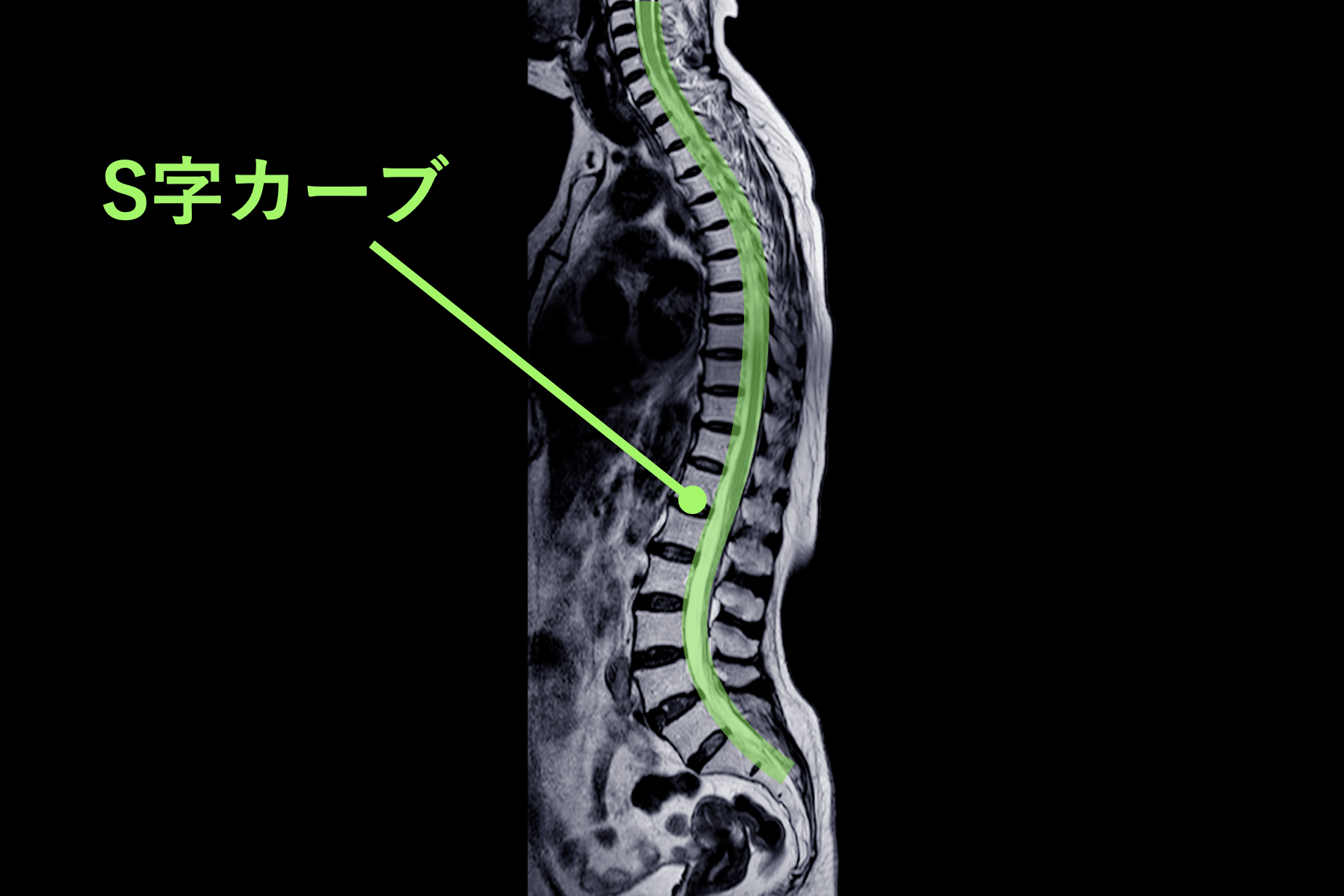
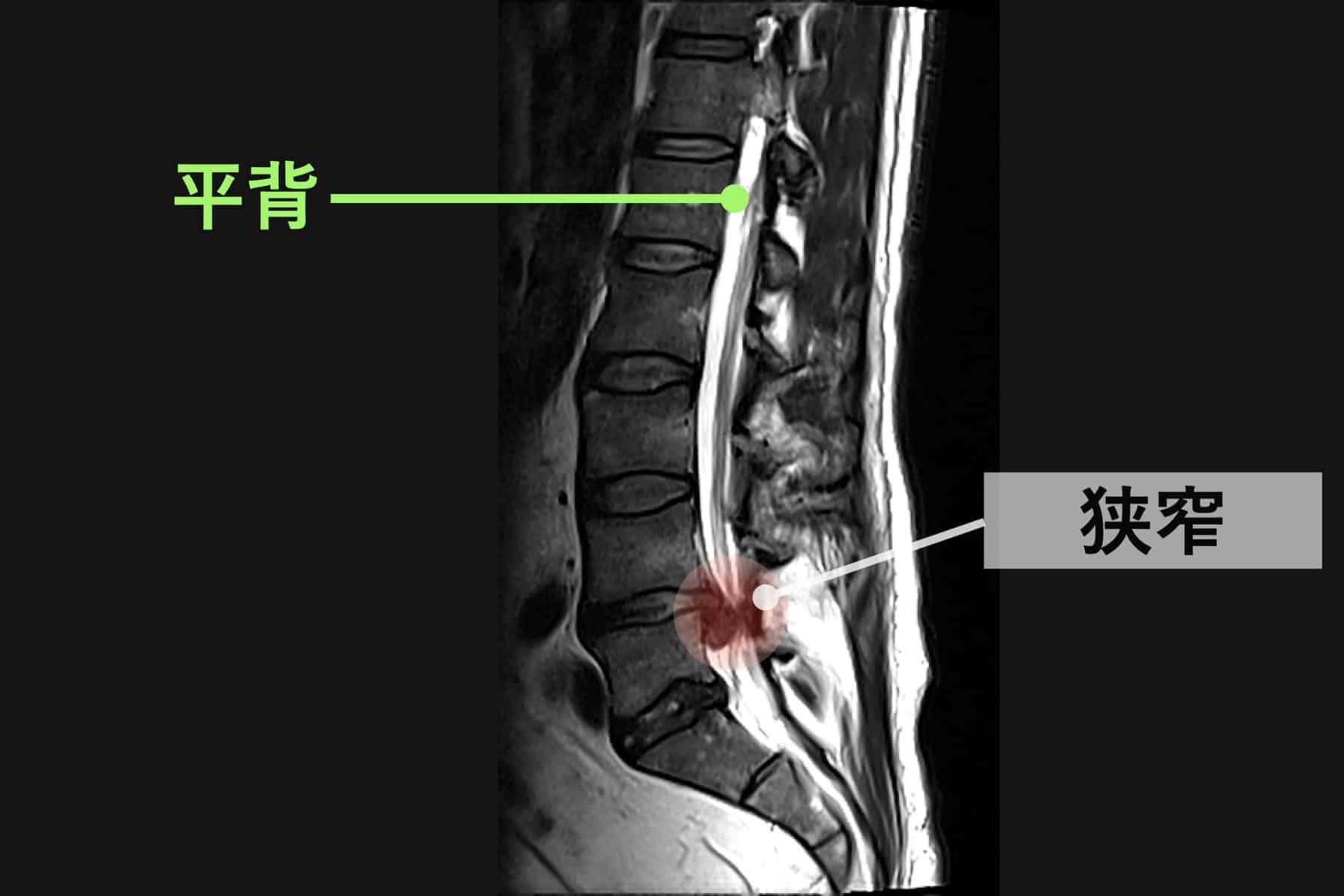
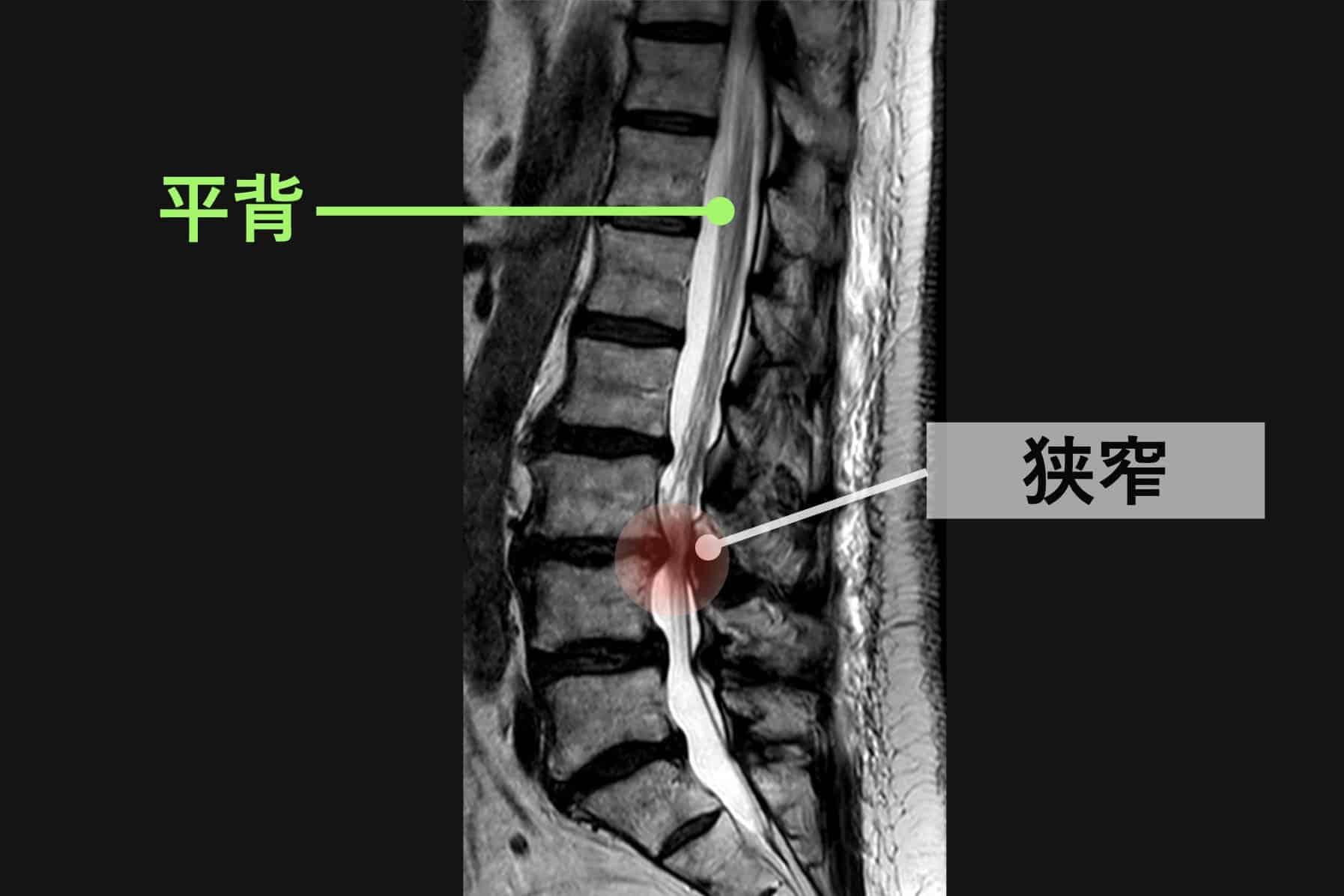
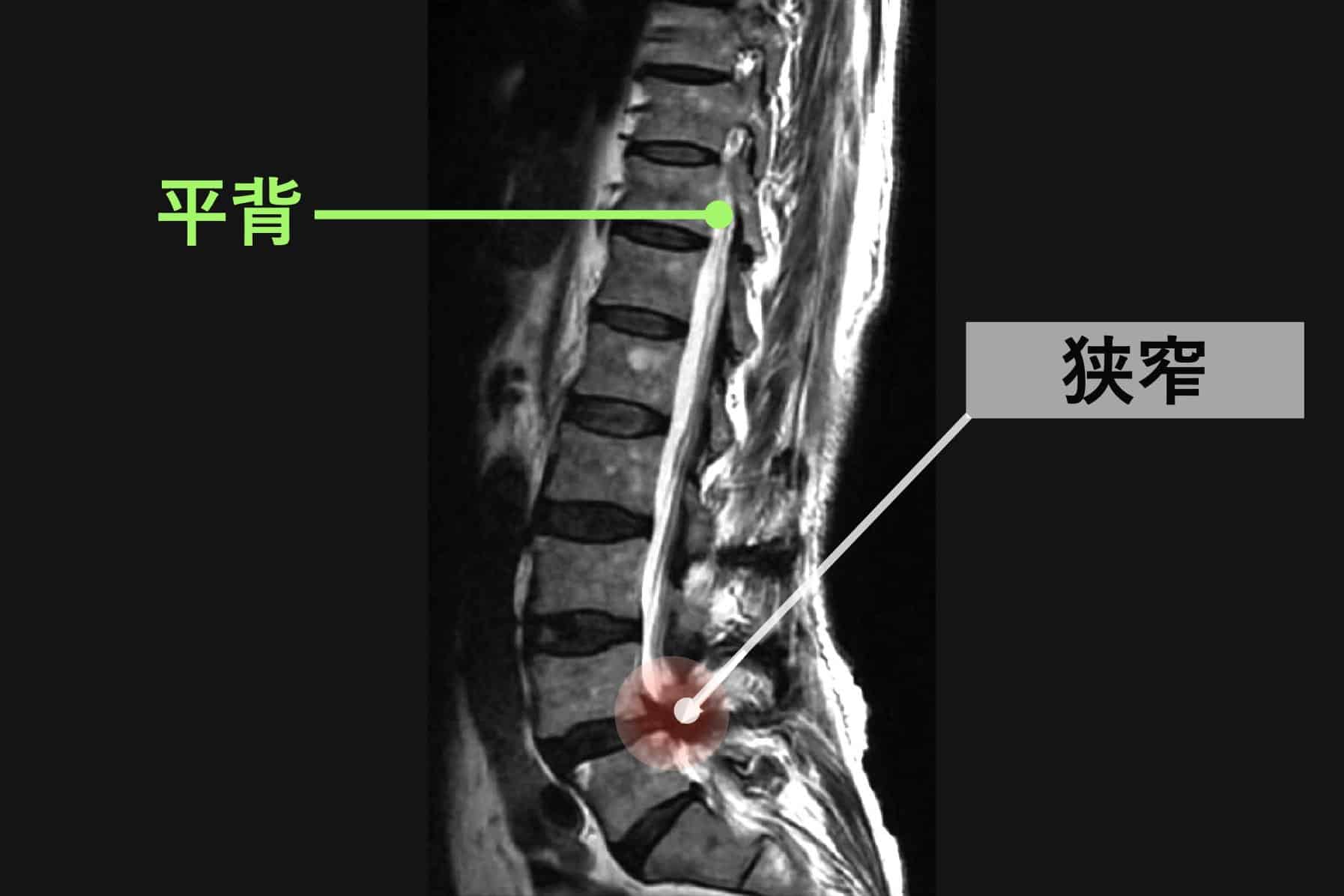
Mechanisms of scoliosis (1)
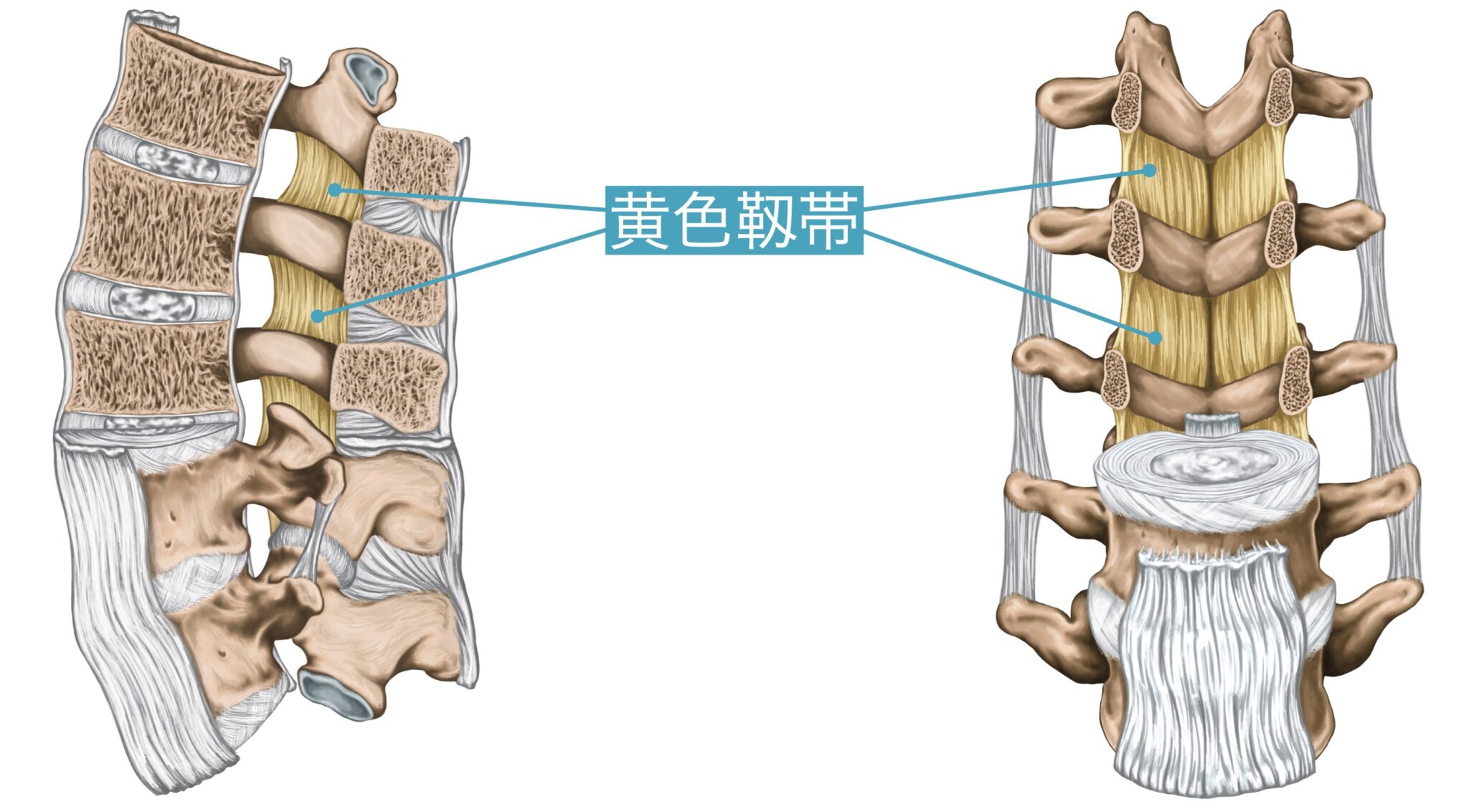
The yellow ligament of the spine attaches between the vertebral body and the spinous process. It is a type of ligament that is located posterior to the vertebrae and passes through the spinal artery and nerve. This ligament is composed of yellow fatty tissue and serves to support the spine while maintaining its flexibility.
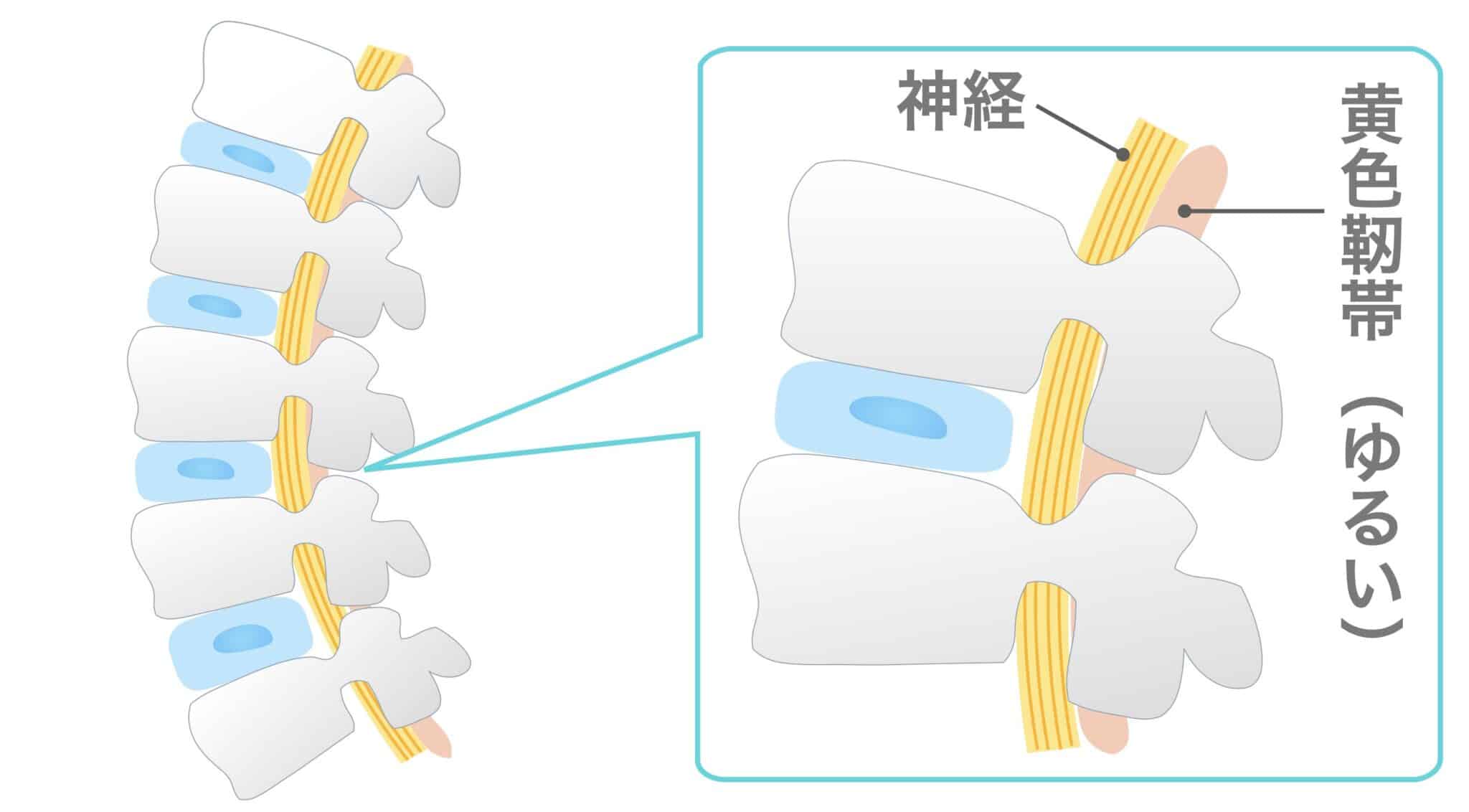
Normally, the human spine has an S-shaped curve. It is not in the straight alignment shown in the previous illustration. In the normal S-shaped curve, the yellow ligament is loose.
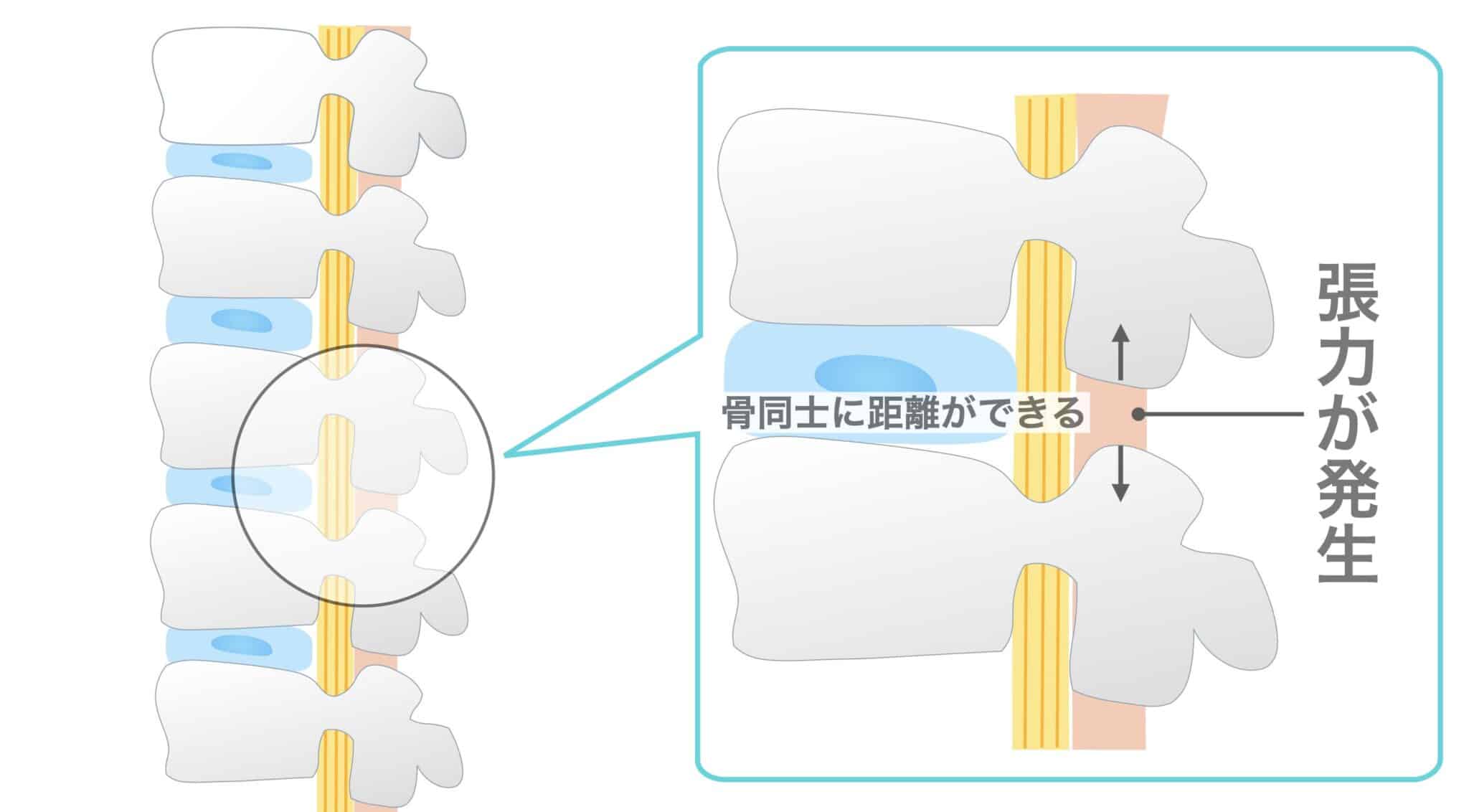
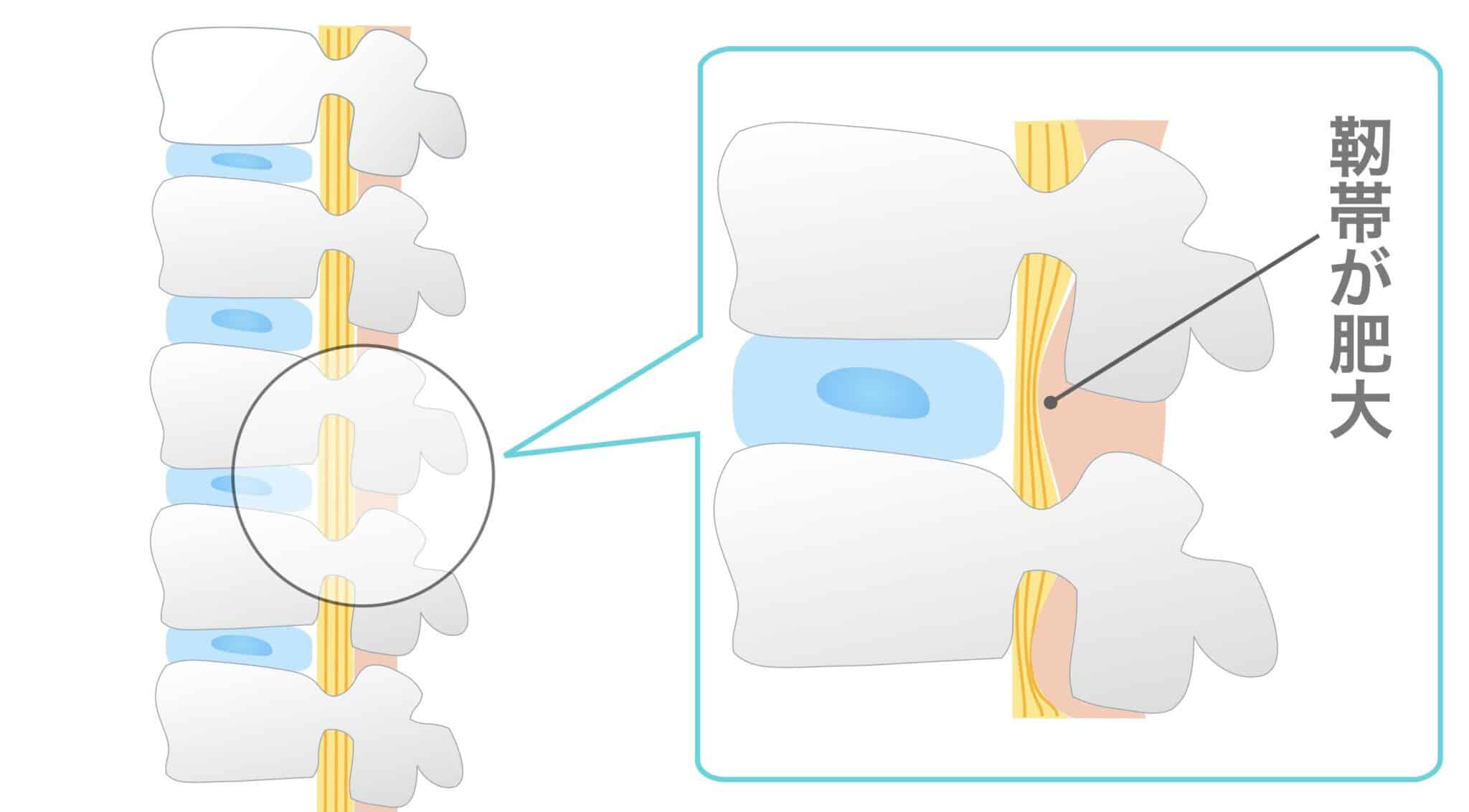
However, when the S-curve of the yellow ligament, which was loose in the S-curve state, is disrupted due to hunching or bowing, tension (mechanical stress) is generated due to the distance between the bones of the spine. Tension can pull on the fibers of the yellow ligament, resulting in hypertrophy of the ligament. This can be considered part of the process by which the ligament responds appropriately to the load and strengthens, but it should be noted that if this mechanical stress persists, ossification of the ligament can occur.
In addition, when blood flow is blocked by tension, nutrients and oxygen are not properly supplied to the ligaments, which can lead to inflammation and hypertrophy of the ligaments. As a result, joint and muscle movement may be restricted and pain may occur. Hypertrophy of the ligaments due to impaired blood flow makes it important to maintain proper ideal posture, which is why toe care is considered so important.
Mechanism of scoliosis (2)
A simple explanation,(1) Type of shoes and how to wear them → (2) Toe deformity (clawed toe, floating toe) → (3) Backward center of gravity → (4) Backward/forward pelvic tilt → (5) Hunchback/warped back → (6) Loss of physiological S-shaped curve → (7) Hypertrophy of the yellow ligament → (8) Narrowing of the spinal canalThis is the mechanism that
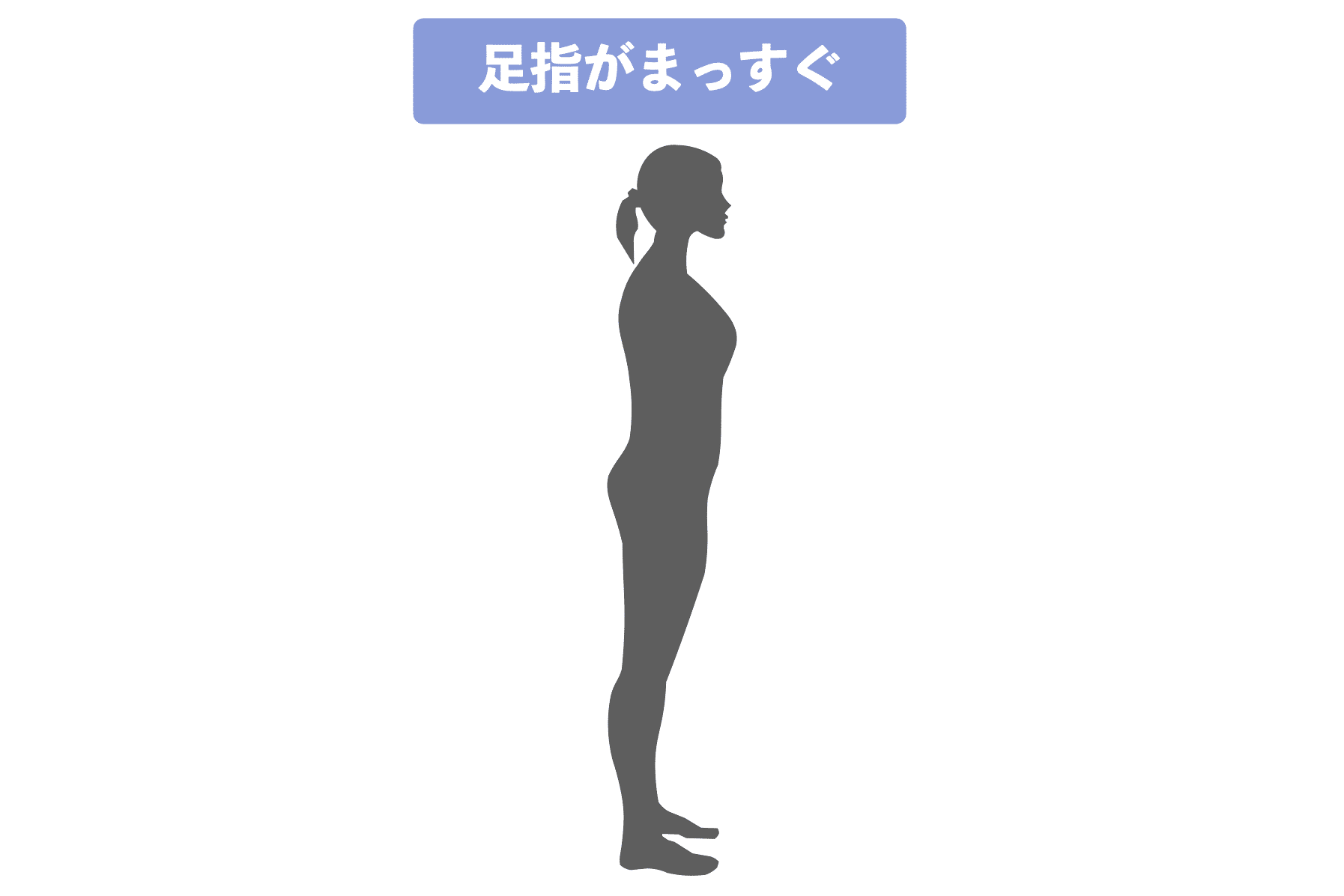
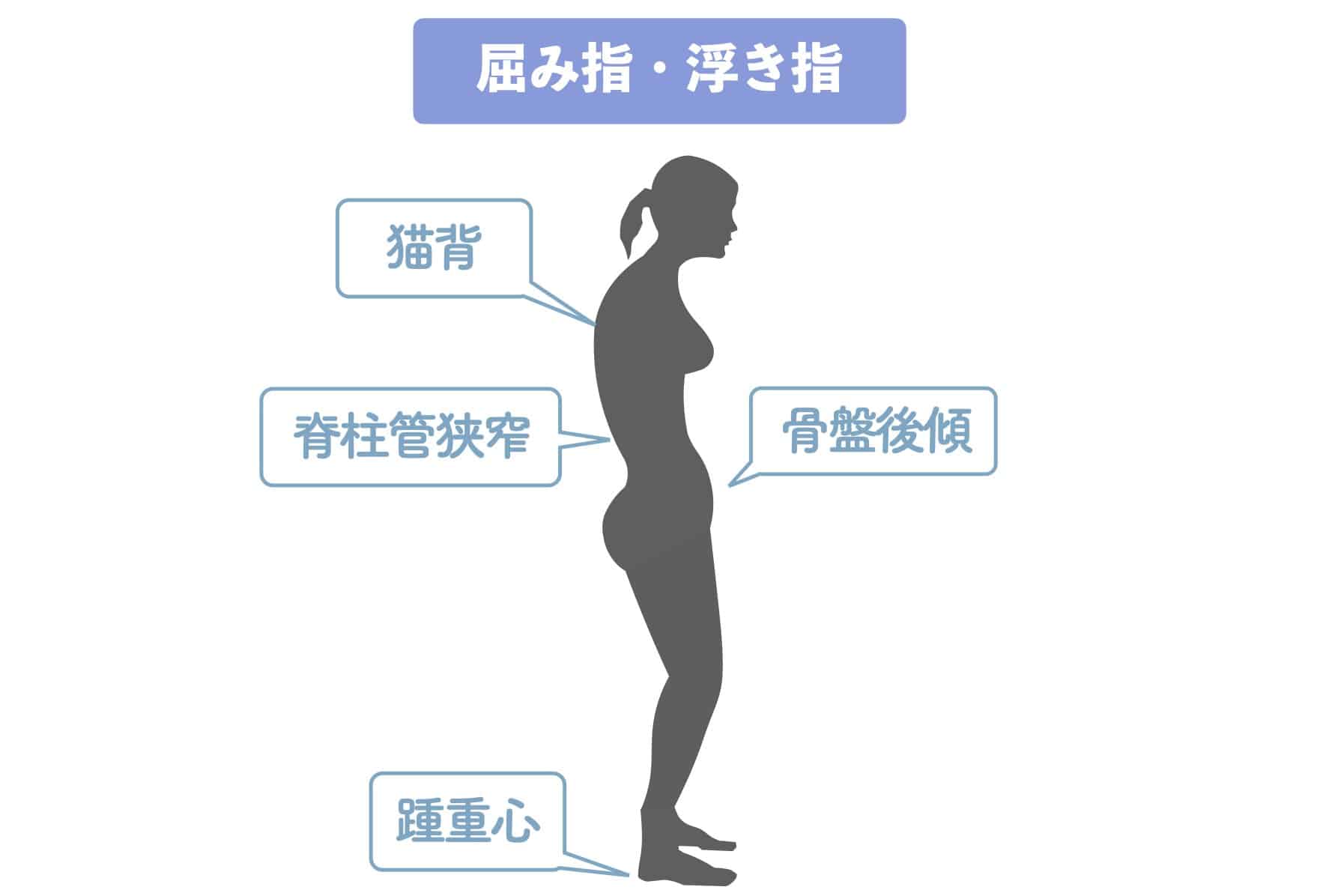
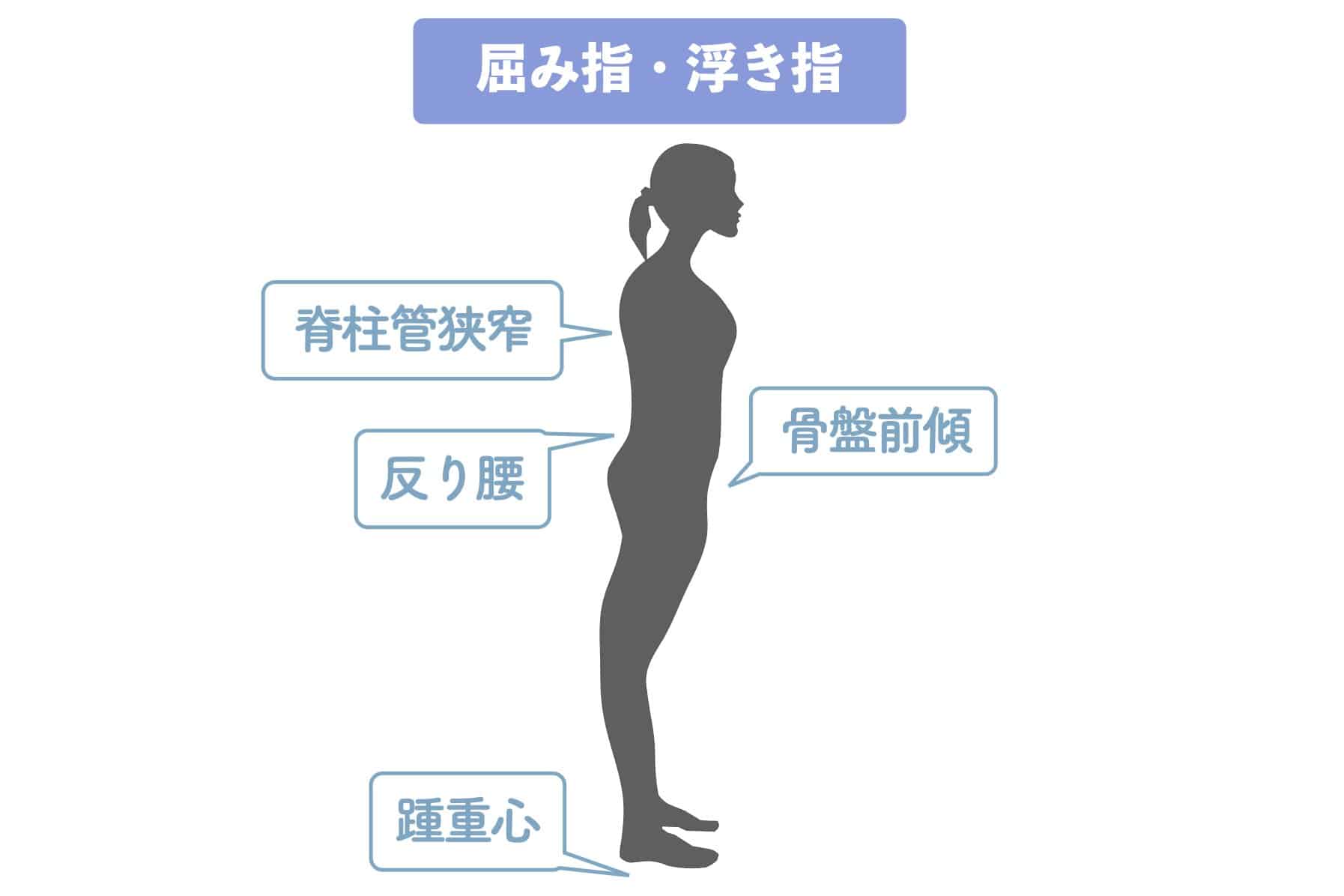
When the toes are bent or floating, the body weight is placed closer to the heel (heel center of gravity). The heel center of gravity causes the posture to fall backward, but the body tries to maintain balance by tilting the trunk forward or backward. This is also called postural control. This causes a flat or hunched back, but the physiological S-curve of the spine is lost, which pulls on the fibers of the yellow ligament, resulting in enlargement of the ligament and narrowing of the spinal canal.
Both of these are caused by postural changes due to toe deformities,Unless you treat the "toes" that make up your posture and the shape of your legs, you have nothing to treat scoliosis.You will find that
Deformity of the toes and its causes
Most people today have deformed toes due to the wrong choice of shoes and socks, and the way they wear them.and the foundation is collapsing. Please refer to the following website for more information.
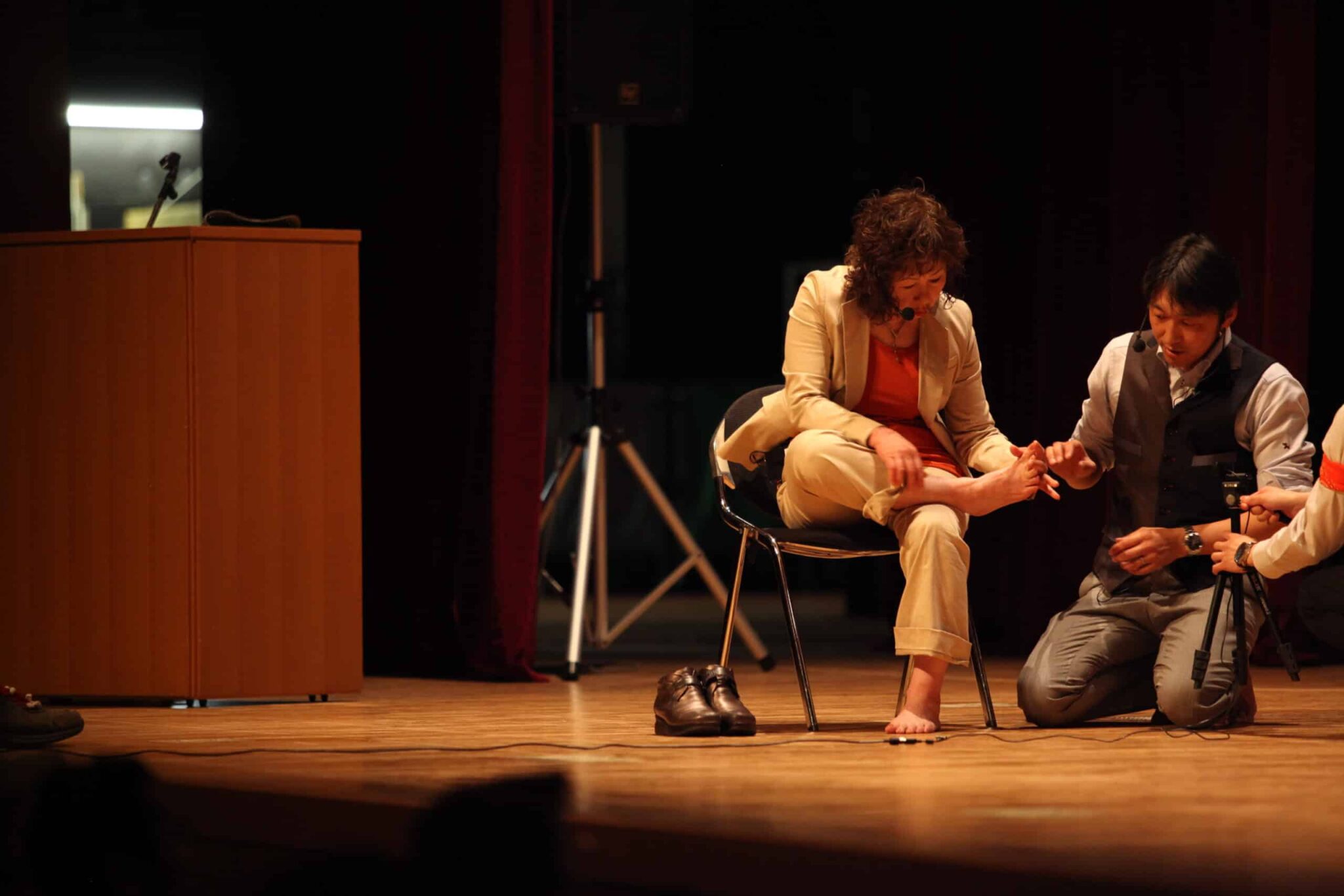
Inspection and Self-Check
Symptoms of scoliosis include back pain, sciatica, numbness or tingling in the legs, and difficulty walking. If you have symptoms that make you suspect scoliosis, try the following self-check procedure.
(1) If pain or numbness persists
(2) If pain increases when walking
(3) When deformities such as big toe or bent knee are observed
(4) When urinary or stool communication becomes difficult
If you have these symptoms, scoliosis may be the cause. Early improvement can be achieved by correcting the toes, improving posture, and choosing and wearing the correct shoes.
Self-check for numbness
When a nerve is compressed by spinal stenosis, neurological symptoms (pain and numbness) occur. Depending on the location of the stenosis, the nerve symptoms may occur in the hip, calf, or other parts of the body.
To check this, there is a "diagram of the innervation of the dermatome". The dermatome is also called the cutaneous segment or dermatosensory zone,It represents the area of sensation (touch, pain, temperature) on the surface of the skin for each nerve root leaving the spinal cordThe following is a list of the most common problems with the
C2-8 (2nd to 8th cervical nerves) ・T1-12 (1st to 12th thoracic nerves) ・L1-5 (1st to 5th lumbar nerves)
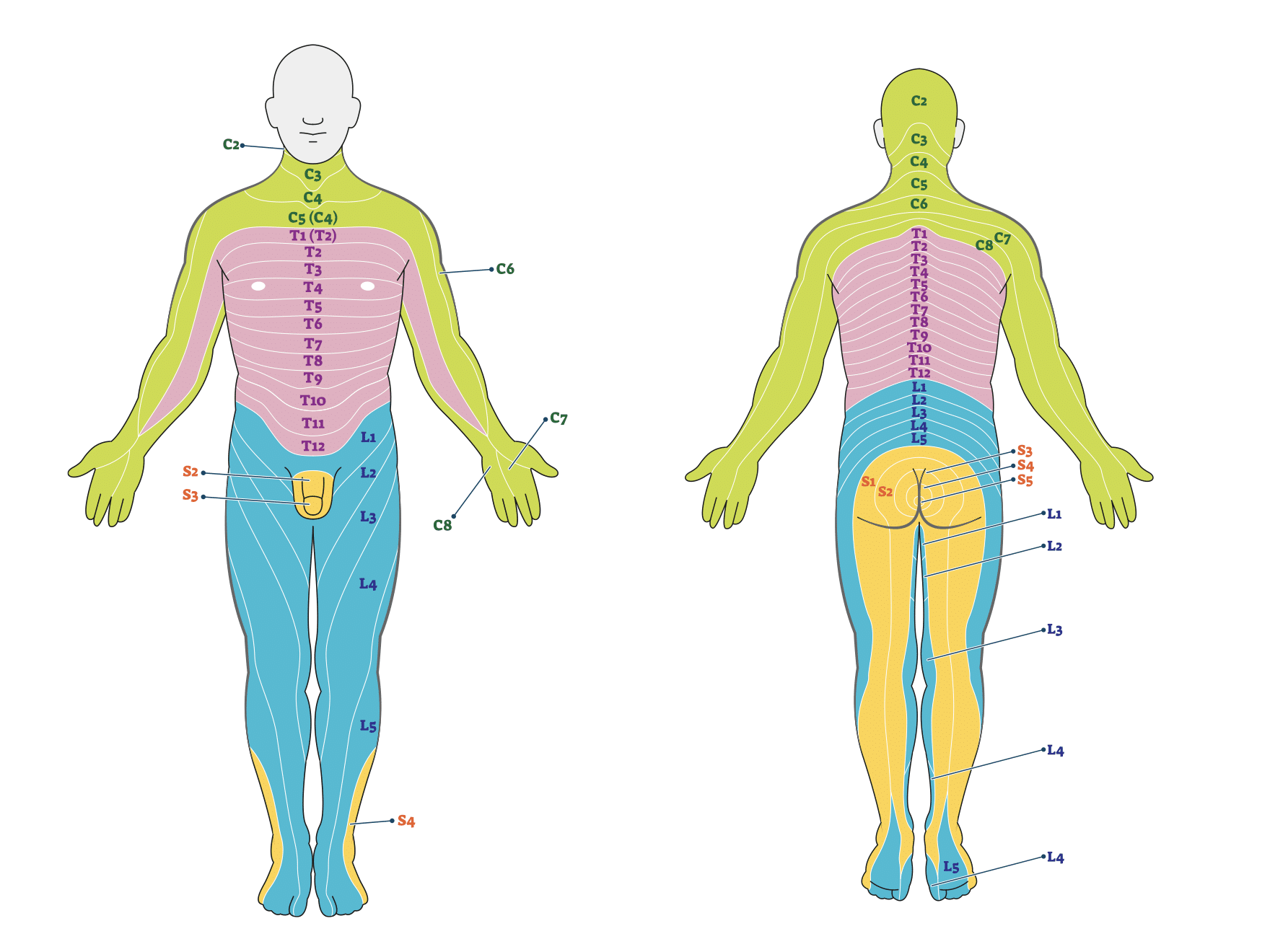
For example, if the fourth nerve root of the lumbar spine is affected by spinal stenosis, you will find that sensory disturbance appears in the area marked L4. If you experience sensory disturbance (numbness or paresthesia) or muscle weakness (weakness) in the area shown in the figure below, it is highly likely that you have "spinal stenosis". It is common for symptoms to extend from the thighs to the feet.
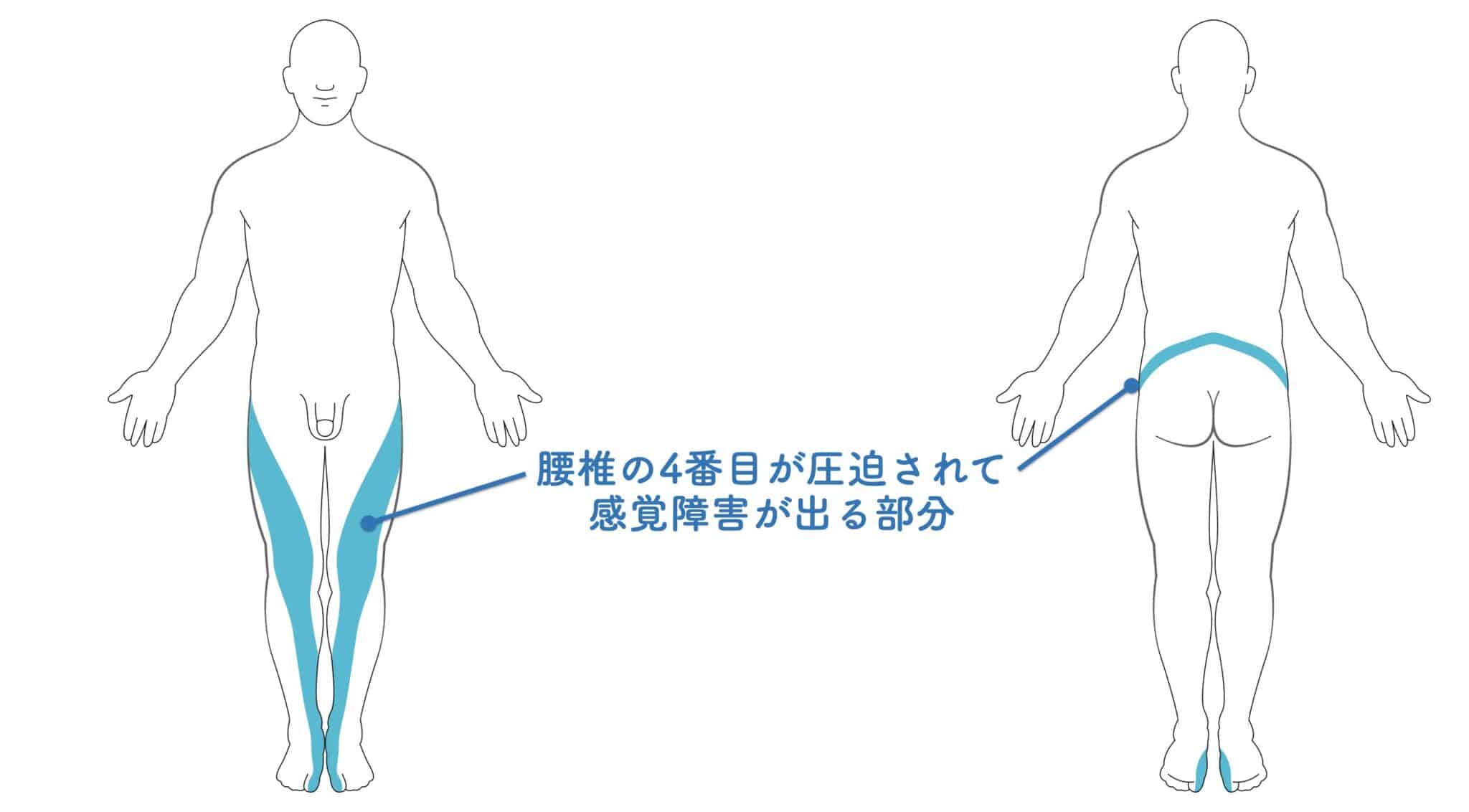
This paresthesia is important for the diagnosis of scoliosis.The location of the spinal canal stenosis and the height of the neuroinflamed nerve can be determined by the location of the perceptual dullness.When the height of this nerve coincides with the MRI image, a diagnosis of scoliosis can be made. Most people will have different areas of stenosis and different areas of symptoms that are present.
If you are making decisions based on MRI images alone,If the "narrowed area" and the "symptomatic area" are different from the dermatome, it's not scoliosis.It is highly likely.
Posture Self-Check
First, take a picture of your posture from right beside yourself with your phone or other device. Take the picture so that the center point of the phone is at the center of your body. It is a good idea to make sure that the leveler is positioned at your navel.
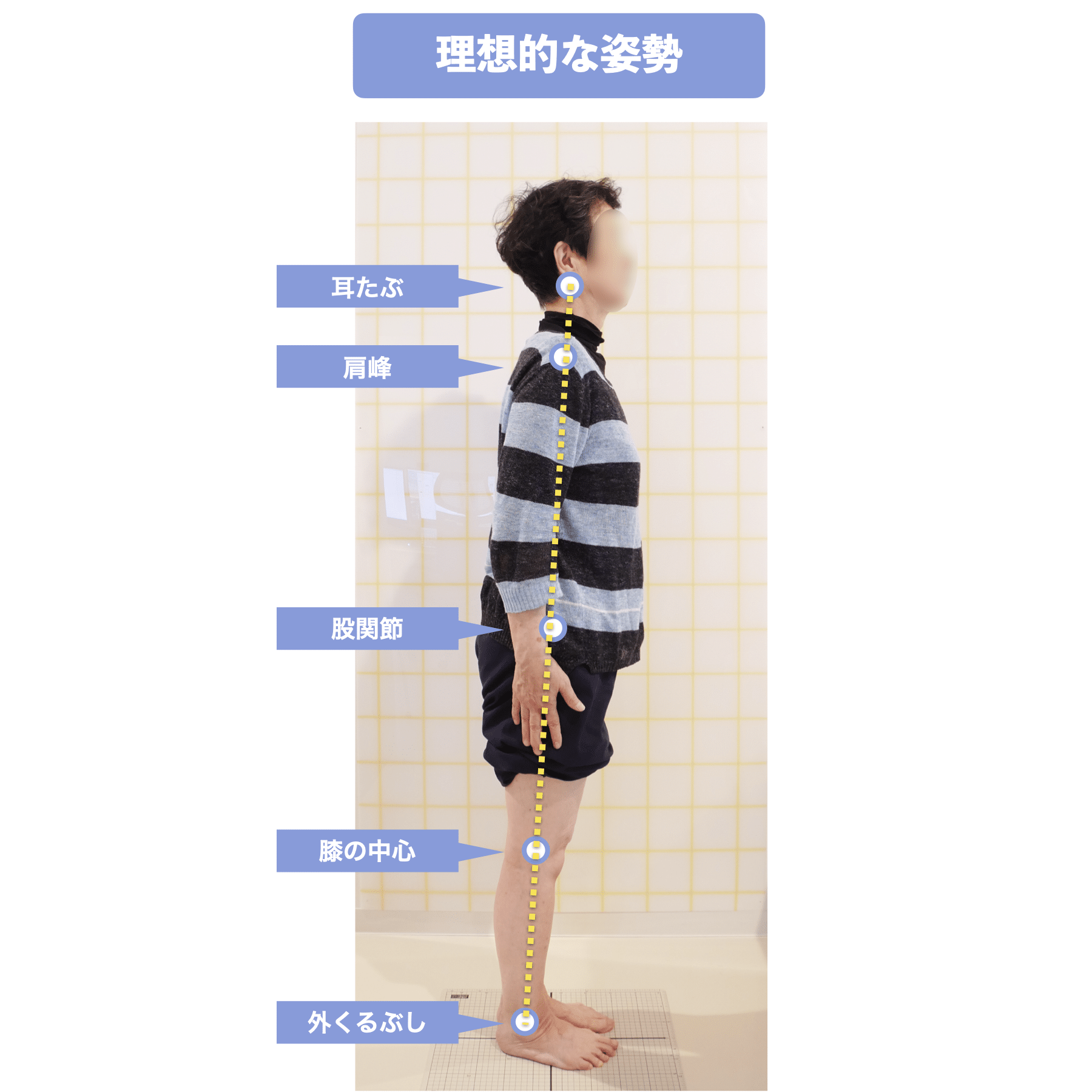
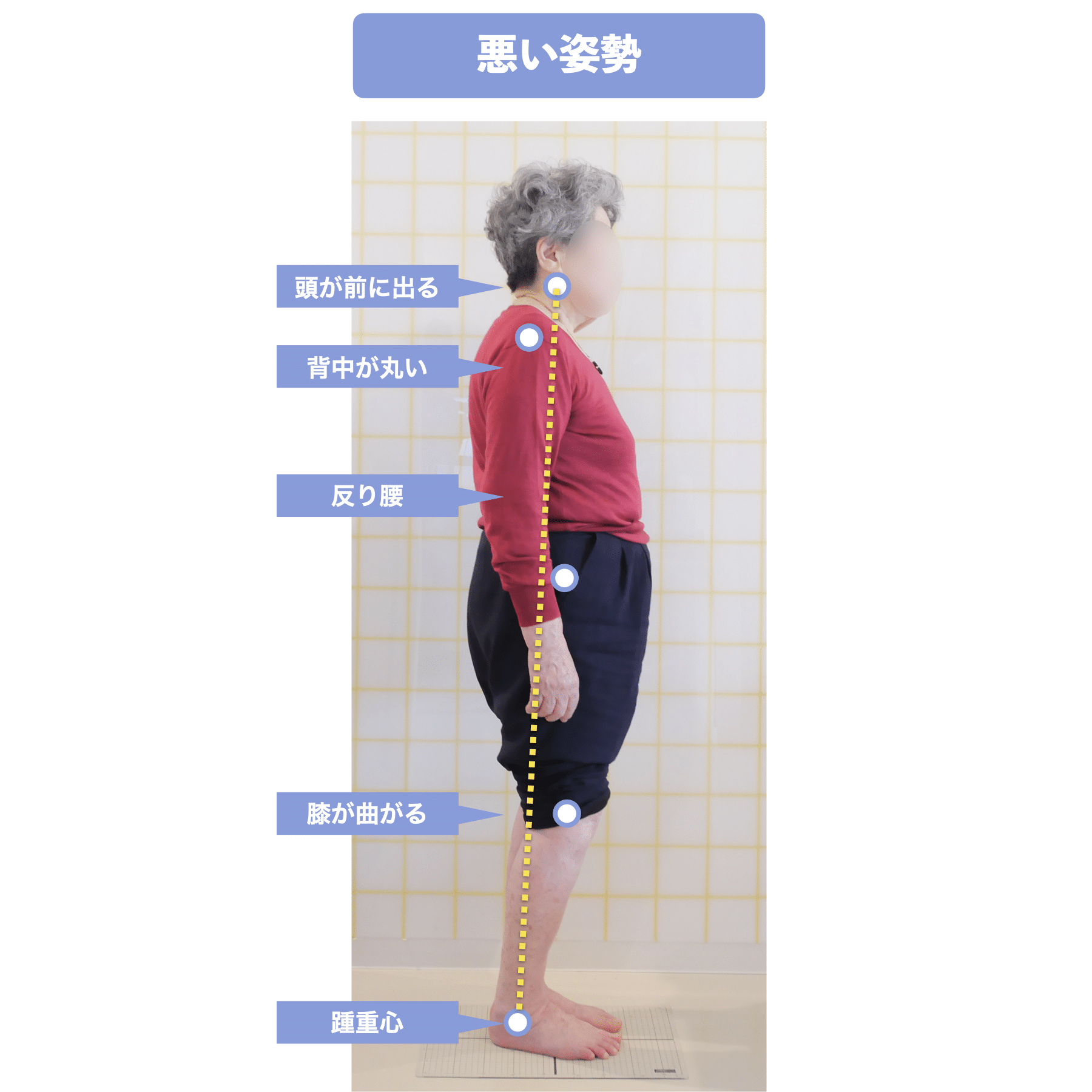
Next, connect the earlobes (earlobes) to the external ankles (outer ankles) of the feet with a line.The ideal posture is if (1) the center of the knee, (2) the greater trochanter (hip joint), and (3) the acromion (center of the shoulder) pass through that straight line.If you have trouble drawing a line, use a ruler to align the earlobe with the outer ankle. If you are not comfortable with drawing lines, use a ruler or similar tool to align the earlobes with the outer ankles.
If any of (1), (2), or (3) is out of alignment with the straight line, you are standing with your neck forward in a hunchback or warped back (except for some with a warped back). How did you feel? I think most of you had a hunchback or warped back.
medical treatment
Treatment options for scoliosis generally include the following
1) Non-operative treatment methods
- Medication: Pain relievers and anti-inflammatory drugs may be prescribed to reduce inflammation and pain.
- Lifestyle modifications: Exercise, improved posture, and weight control are important. Physical therapy and physiotherapy are also effective.
- Injection therapy: Steroids or local anesthetics may be injected to reduce pain.
(2) Surgical treatment methods
- Spondyloplasty: Surgery to correct the shape of the spine to relieve nerve compression.
- Vertebral arthrodesis: Surgery to remove a portion of the vertebral arch to relieve the narrowing of the cervical or lumbar canal.
- Spinal fusion: a procedure to stabilize the spine using screws or plates to immobilize the spine.
Proper physical activity, postural modification, and weight control are important to restore the narrowed spinal canal. The above treatments (conservative therapy) may provide temporary relief of symptoms, but they do not cure spinal canal stenosis. In our experience, less than 1% of patients diagnosed with spinal canal stenosis require surgery.
basicallyTo cure the root cause, toe care should be provided and posture should be improved.It is important to prevent disc wear and tension on the yellow ligament by
drug
The following medications are commonly used to alleviate scoliosis symptoms. They are only for temporary relief and do not cure the root cause of the problem.
1) Painkillers: may be prescribed to reduce pain. Nonsteroidal anti-inflammatory drugs (NSAIDs) and acetaminophen (Pfanol) are commonly used.
2) Muscle relaxants: may be used to relieve muscle tension. This reduces pressure in the spinal canal and may improve symptoms.
3) Steroid injections: Short-term steroid injections may be effective in reducing inflammation and pain.
4) Antiepileptic drugs: may be used to reduce neurological symptoms such as nerve pain and numbness.
Exercise and Physical Therapy
Physical therapy for scoliosis includes the following methods, which are rarely effective
1) Stretching: Stretching is done to increase muscle flexibility and improve range of motion of the lumbar spine and spinal column. Stretching is especially focused on the hamstrings and lumbar muscles.
2) Strengthening Training: Training is performed to strengthen the muscles surrounding the spinal column. The focus is on core training to improve spinal stability.
(3) Postural education: Learning correct posture and movement, and helping people improve their posture and movement in daily life.
(4) Manual Therapy: Using manual techniques to relieve muscle tension and improve the range of motion of joints.
5) Electrotherapy and magnetotherapy: Electrotherapy and magnetotherapy may be used to reduce pain and inflammation.
6) Aerobic exercise such as walking and swimming: Moderate aerobic exercise improves muscle strength and endurance.
procedure
Surgical treatment for scoliosis may be performed to correct severe symptoms. Surgical procedures vary depending on the patient's symptoms and condition, but generally include the following
1) Spinal fusion surgery: Performed when spinal stenosis has progressed, this surgery fixes a specific area of the spine. This increases the stability of the spinal column and may improve symptoms of pain and numbness.
2) Vertebectomy: Surgery to remove a part of the spine called the vertebral arch to relieve pressure on the spinal canal and nerves.
(3) Spinal canal dilation surgery: This is a surgery to widen the spinal canal and is performed when the canal is narrowed. It is expected to relieve nerve compression and improve symptoms.
Scoliosis may not get better after surgery. Surgery is usually performed to relieve pain and symptoms, but it may not be an effective treatment for all patients. Even after surgery, if symptoms do not improve and posture worsens, recurrence and complications may occur.
self-care
Hironoba Exercise, a toe stretching exercise to improve scoliosis
Try doing this once a day for 5 minutes; if you do not see any change in your symptoms after 2-3 days, we recommend increasing the number of times to 2-3 times a day. The goal is to be able to do the toe par for 30 seconds.
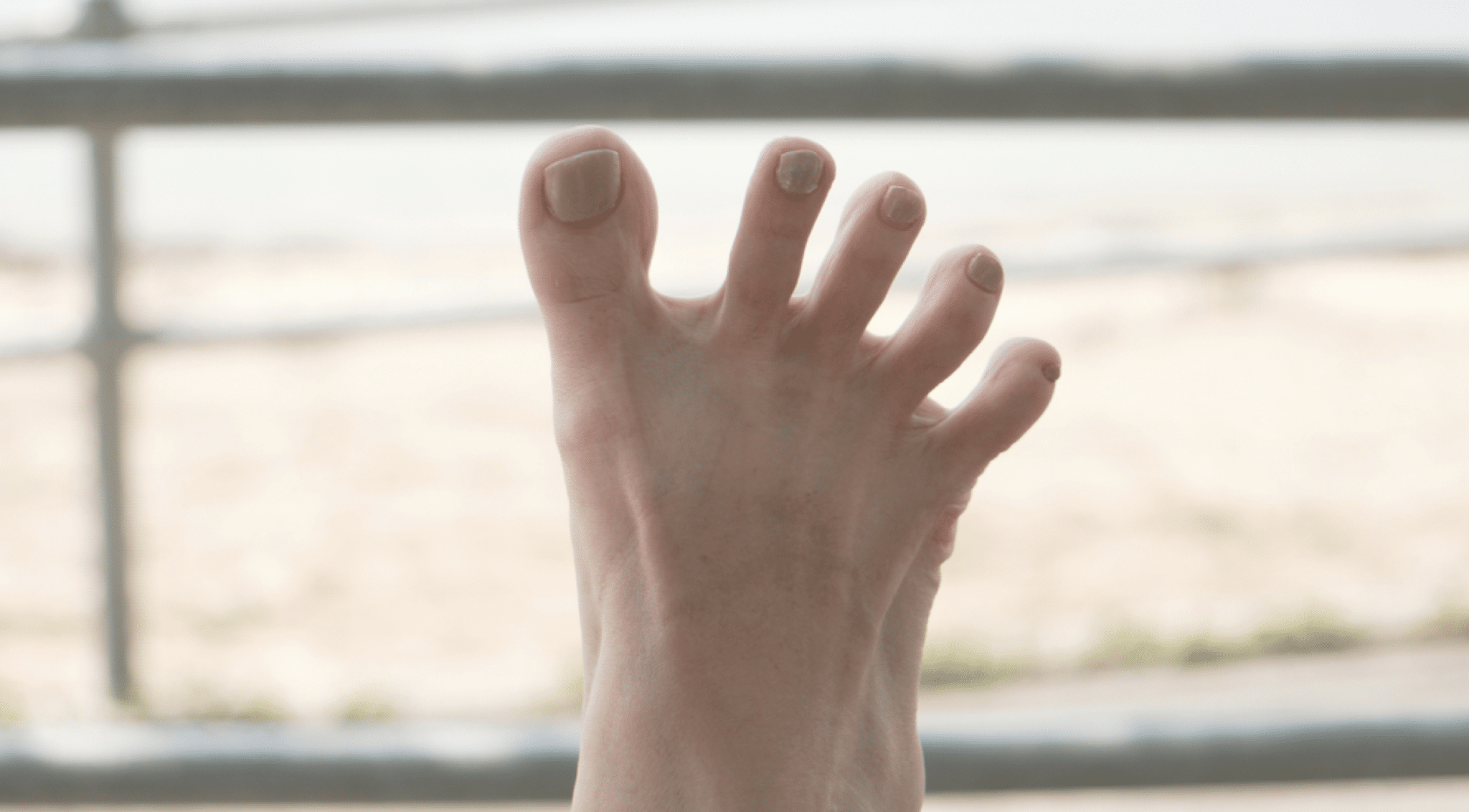
Corrective 5-finger socks for optimal posture support
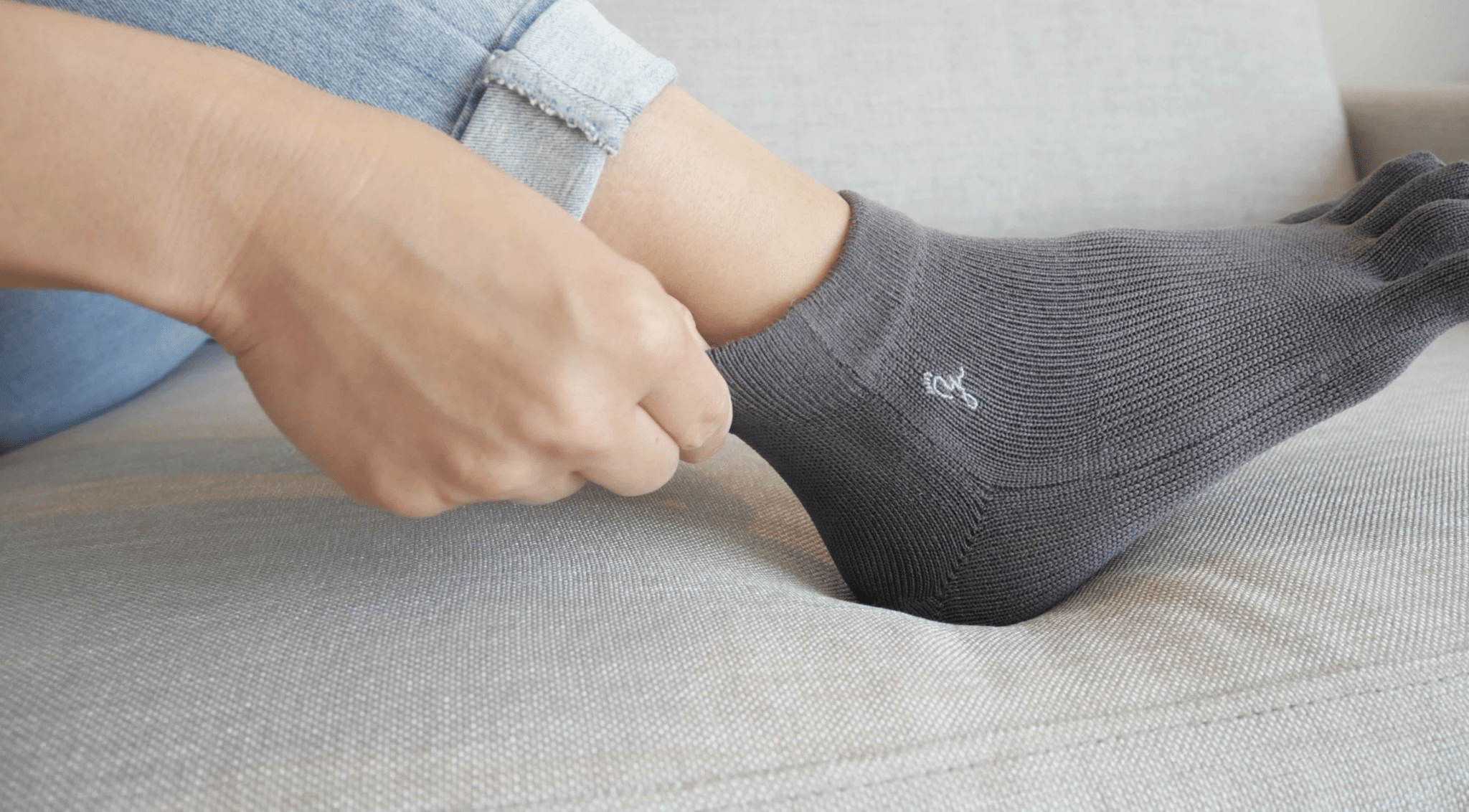
We have produced functional 5-finger socks made of cotton and silk and tried them on many patients in clinical settings, but we were unable to solve the problem of feet slipping in shoes and socks. Therefore, we spent two years working with a textile company to perfect the ideal fiber, and the corrective five-toed socks "YOSHIRO SOCKS" were born. If you suffer from scoliosis, give them a try.
Moderate walking eliminates scoliosis.
To make it more effective
By making small changes in daily life, such as toe stretching and wearing corrective five-toed socks (YOSHIRO SOCKS), you can maintain correct posture and improve inflammation of the muscles around the shoulder.
Walk with a small gait.
∙ Activities that involve the use of toes, such as walking up hills and stairs
. Avoid wearing footwear indoors.
Try to walk at least 6,000 steps a day.
Make sure the laces are tight.
...Avoid using ordered pillows and mats.
Choose the right shoes.
Use a shoehorn to put on your shoes.
Stretching the toes and walking with corrective five-toed socks (YOSHIRO SOCKS) helps to use the toes functionally.(1) Toe deformity improved → (2) Correct center of gravity position → (3) Improved posture → (4) Spinal canal stenosis resolvedThis is the flow of the project.
Correct posture is created by correct muscles.Correct muscles can only be built by walking with "toes spread and extended"!The goal is to walk at least 6,000 steps per day. Aim for 10,000 steps per day.
Other Self-Care
Scoliosis symptoms can be reduced through self-care in daily life.
1) Maintain proper posture: Maintaining proper posture can relieve pressure on the spinal canal. When maintaining the same posture for long periods of time, it is important to spread and stretch the toes.
2) Moderate exercise: Although scoliosis patients tend to rest, regular exercise helps strengthen muscles and improve posture.
(3) Weight control: Overweight tends to cause heel weight, which can exacerbate symptoms. It is important to maintain an appropriate body weight.
(4) Pain management: Compresses, heat therapy, stretching, and massage can be used to relieve pain. If necessary, it is also important to take pain medication as directed by a physician.
(5) Daily living: Symptoms can be alleviated by making changes in daily life, such as using furniture and items that are easy to use, according to the symptoms of scoliosis.
Self-care for scoliosis can not only help improve symptoms, but also prevent recurrence. However, if symptoms worsen or do not improve with self-treatment, it is important to provide toe care as soon as possible.
How to choose the right shoes
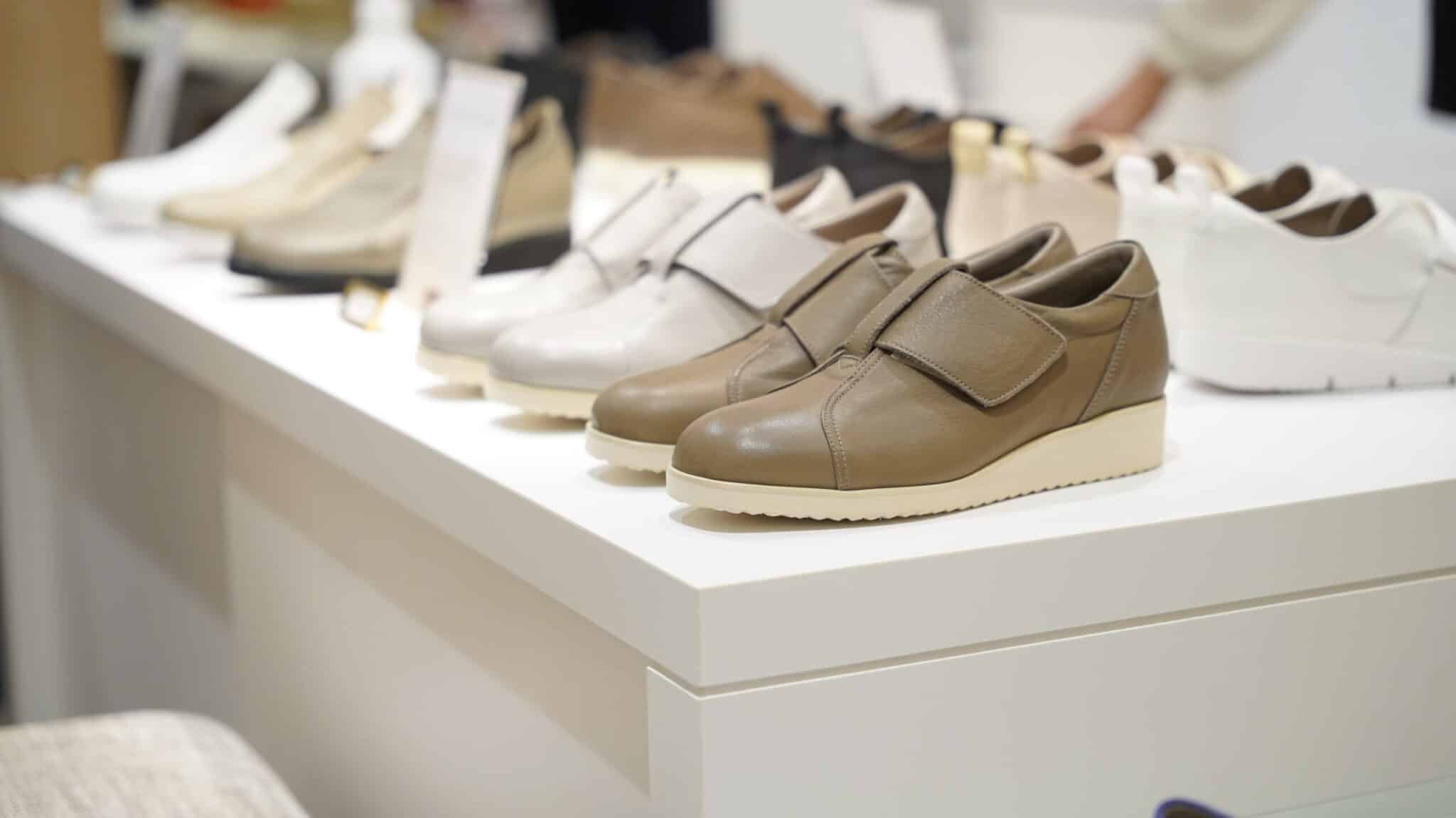
The most common cause of toe deformity is the choice of shoes and how they are worn.Most spine problems are caused by not using the toes properly. Few people would think that because the feet and the person are located so far apart, it is hard to pinpoint. If you are suffering from scoliosis, please take this opportunity to review your feet.
How to choose the right socks
Pure cotton and silk materials are slippery
There is a silken finish (or mercerization process). Silkette treatment is a process that gives silk-like luster to yarns, and involves soaking yarns in a caustic soda (sodium hydroxide) solution and stretching them like hand-pulled udon noodles to straighten the cross section of the yarns. It is overwhelmingly used mainly for cotton and silk fibers (cotton).
The cross-section of the cotton is aligned, coloration is improved, and fluff is suppressed when processed, giving it a luxurious appearance. It is smooth and slippery to wear, but as the words "smooth" and "slippery" suggest, it is easy for the feet to slip inside shoes and socks. In other words, it is a material that can easily cause deformation of the toes.
Of course, there are cotton and silk materials that are not silken, so choosing such materials is also an important factor in preventing knee pain.
Five-toed socks allow toes to function.
Common socks are also called tube socks, and most people around the world have this type of socks. It is a shape that has been used for many years, but the tube type makes it difficult to use the toes properly. For this reason, socks with five separate toes are better, but there are many different types of this type.
The most important thing is to make sure it fits your own feet just right.The socks should be worn with a soft, comfortable, and comfortable footwear. If the fingertips or instep area is loose, even a good 5-finger sock will "slip". On the other hand, 5-finger socks that fit too tightly and feel oppressive are not recommended, as they can impede blood circulation. It is important to find 5-toed socks that feel "comfortable" when you try them on.
There are more and more socks with corrective power, but when I tried them, I found that many of them press down more strongly than I expected. Particularly in the area of the arch of the foot.Supporting the arch is important, but arch structure is a property that can lose its function if it is lifted too stronglySo, be sure to choose an arch that is also not too oppressive.
When you take it off, you say, "Ha, that feels good!" then the pressure is too strong.This is the case.
story of one's experience
People around me are amazed at how I can move around so much when they see me working every day on my hobbies and taking care of my family. I am surprised at how I am able to move around so much, because until just a few months ago, I was unable to stand due to back pain and even had to crawl around the house.
It is thanks to HIRONOBA EXERCISE and YOSHIRO SOCKS that I am able to move freely. Let me tell you about my experience.
Two years ago, a fall caused me to have back pain, and my body was bent into a "crooked" shape. My lower back, right ankle, back of the knee, and thighs ached so badly that I had a hard time standing up from a chair. She wears a corset around her waist, uses a walker when she goes out, and can walk only at rest. She walked up and down the stairs, holding onto the handrails and keeping both feet together at each step.
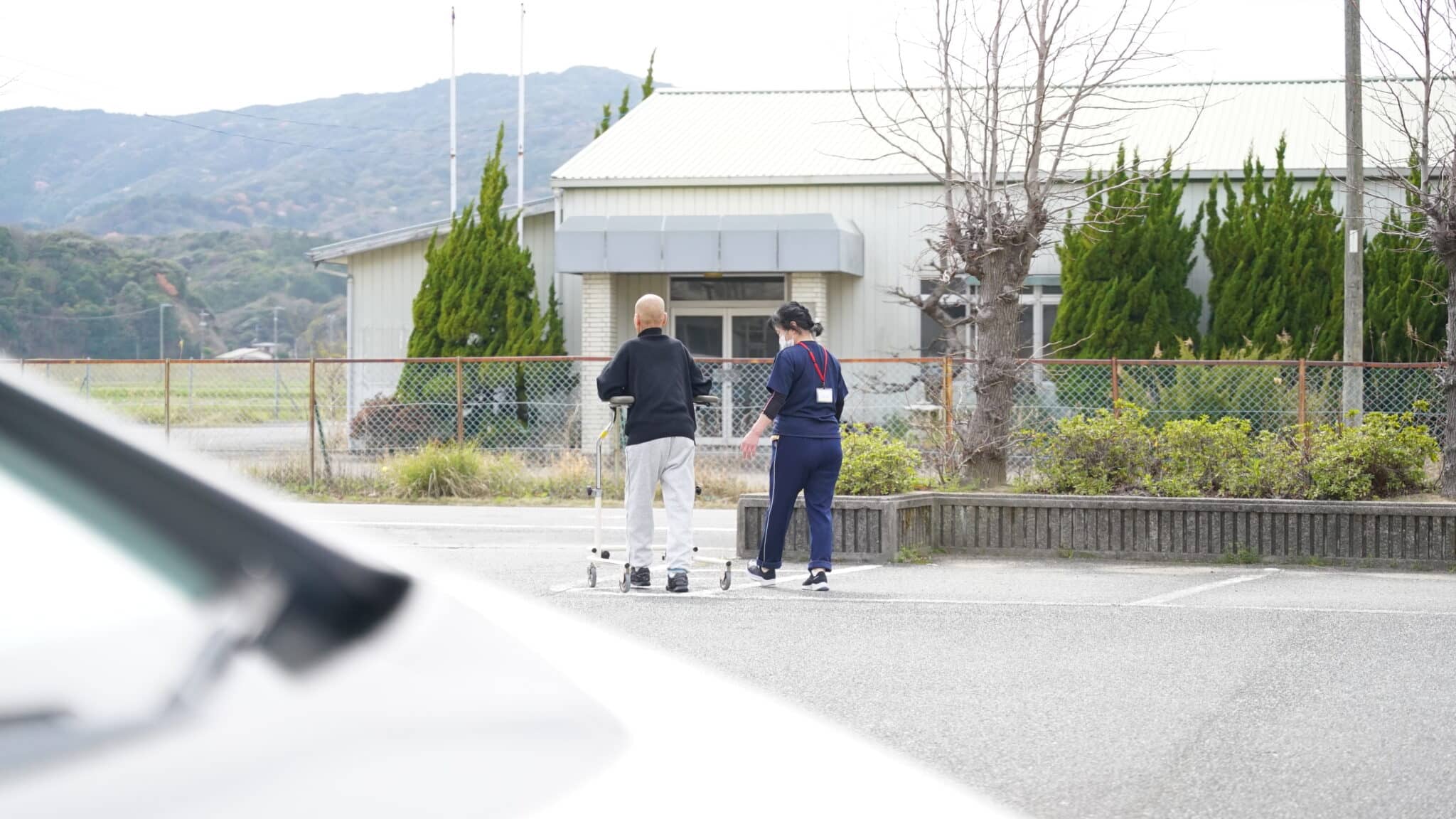
After physical therapy did not help, I went to the hospital for an MRI scan and was diagnosed with spinal canal stenosis. Surgery was recommended, but I was unwilling to go through with it because I was too tired to stay in the hospital. Gradually, my body became weaker and weaker, to the point that I was certified as requiring long-term care 1.
One day, a family member told me about an "awesome day care" and I decided to go there twice a week.
I had to take care of my wife who suffers from dementia, so I knew I had to somehow make myself better. Then I visited a day care center run by Dr. Keiro Yuasa. After checking my feet, I found that I had a big toe and floating toes, so I learned the HIRONOBA exercise. Then, at the day care, I wore YOSHIRO SOCKS for rehabilitation.
Since that day, I have done the Hironoba exercises in my spare time with the sole intention of getting rid of the pain.
Each session takes about 5 minutes. On most days, I do it when I wake up, after breakfast, before going out, after coming home, after taking a bath, and before going to bed. After two months, his legs and hips no longer hurt as much, and he no longer needs medication, compresses, or a corset.
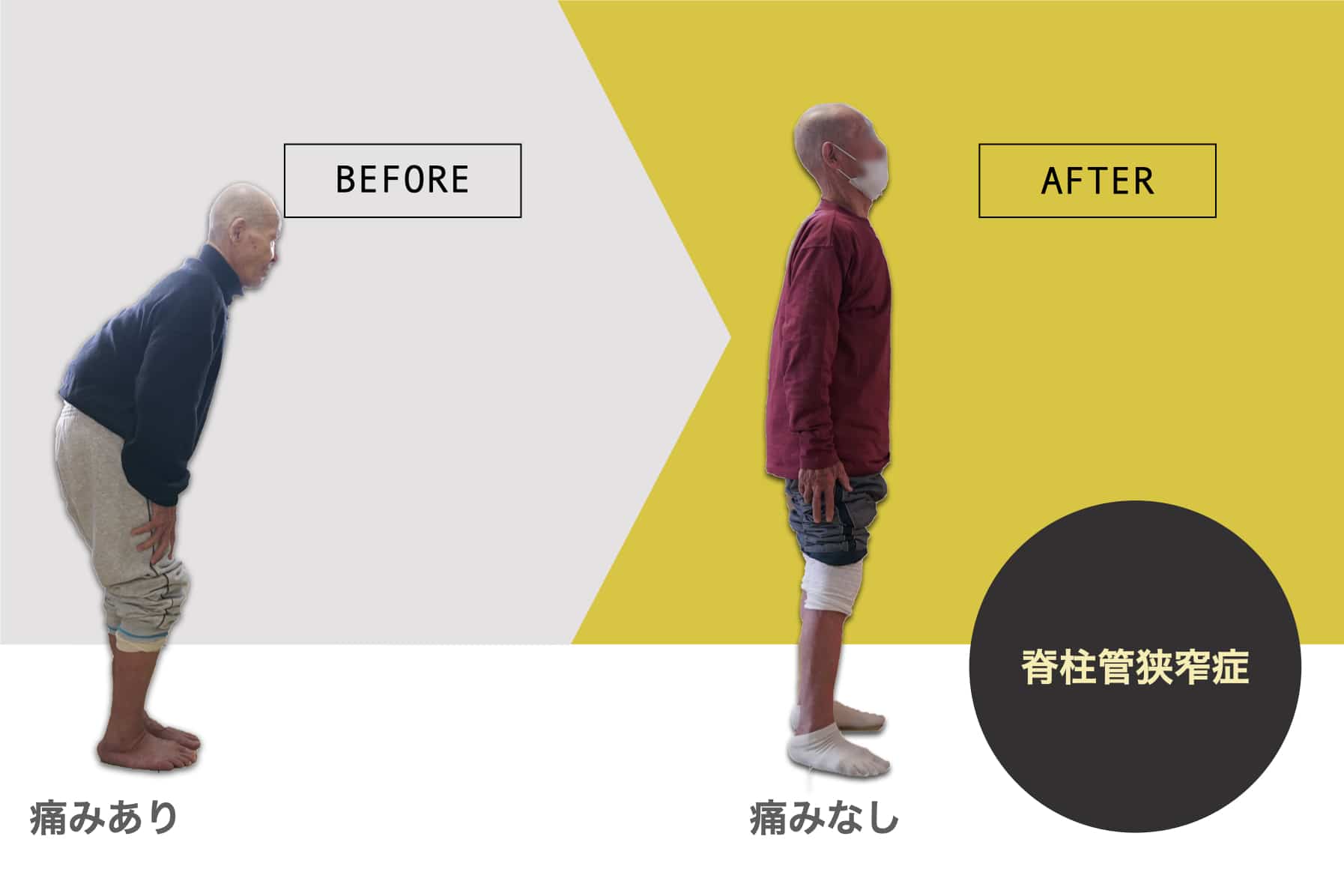
I am now able to go up and down stairs smoothly, though slowly. I intend to continue doing the Hironoba Exercises with the intention of "healing by myself.
References
Functional Anatomy and Physical Therapy of Hallux Valgus. Yuasa, Keiro. Physical Therapy Vol.31 No.2 2014.2 P159-165
2. "Shift Your Toes and You'll Be Healthy" by Keiro Yuasa/author, PHP Kenkyujo, 2014.6
3. "Your back and hips will never get bent again in your life by grabbing your toes in just 5 minutes! Written by Keiro Yuasa, PHP Research Institute, 2021.6
4.
- Robertson JT. The rape of the spine. Surg Neurol 1993;39:5-12
- Deyo RA, Tsui-Wu Y-J. Descriptive epidemiology of low-back pain and its related medical care in the United States. Spine 1987;12:264-268
- Hitselberger WE, Witten RM. Abnormal myelograms in asymptomatic patients. J Neurosurg 1968;28:204-206
- McRae DL. Asymptomatic intervertebral disc protrusions. Acta Radiol 1956;46:9-27
- Wiesel SW, Tsourmas N, Feffer HL, Citrin CM, Patronas N. A study of computer-assisted tomography. i. The incidence of positive CAT scans in an Spine 1984;9:549-551
- Boden SD, Davis DO, Dina TS, Patronas NJ, Wiesel SW. Abnormal magnetic-resonance scans of the lumbar spine in asymptomatic subjects: a prospective J Bone Joint Surg [Am] 1990;72:403-408
- Powell MC, Wilson M, Szypryt P, Symonds EM, Worthington BS. Prevalence of lumbar disc degeneration observed by magnetic resonance in symptomless women. Lancet 1986;2:1366-1367
- Weinreb JC, Wolbarsht LB, Cohen JM, Brown CEL, Maravilla KR. Prevalence of lumbosacral intervertebral disk abnormalities on MR images in pregnant and Radiology 1989;170:125-128
- Landis JR, Koch GG. The measurement of observer agreement for categorical data. Biometrics 1977;33:159-174
- Helms CA. CT of the lumbar spine - stenosis and arthrosis. Comput Radiol 1982;6:359-369
- Liang K-Y, Zeger SL, Qaqish B. Multivariate regression analysis for categorical data. J R Stat Soc [B] 1992;54:3-40
- McCarron RF, Wimpee MW, Hudkins PG, Laros GS. The inflammatory effect of the nucleus pulposus: a possible element in the pathogenesis of low-back pain. Spine Spine 1987;12:760-764
- Yu SW, Sether LA, Ho PSP, Wagner M, Haughton VM. Tears of the anulus fibrosus: correlation between MR and pathologic findings in cadavers. AJNR Am J Neuroradiol 1988;9:367-370
- Hirsch C, Schajowicz F. Studies on structural changes in the lumbar annulus fibrosus. Acta Orthop Scand 1952;22:184-231
- Yu S, Haughton VM, Sether LA, Ho K-C, Wagner M. Criteria for classifying normal and degenerated lumbar intervertebral disks Radiology 1989;170:523- 526
